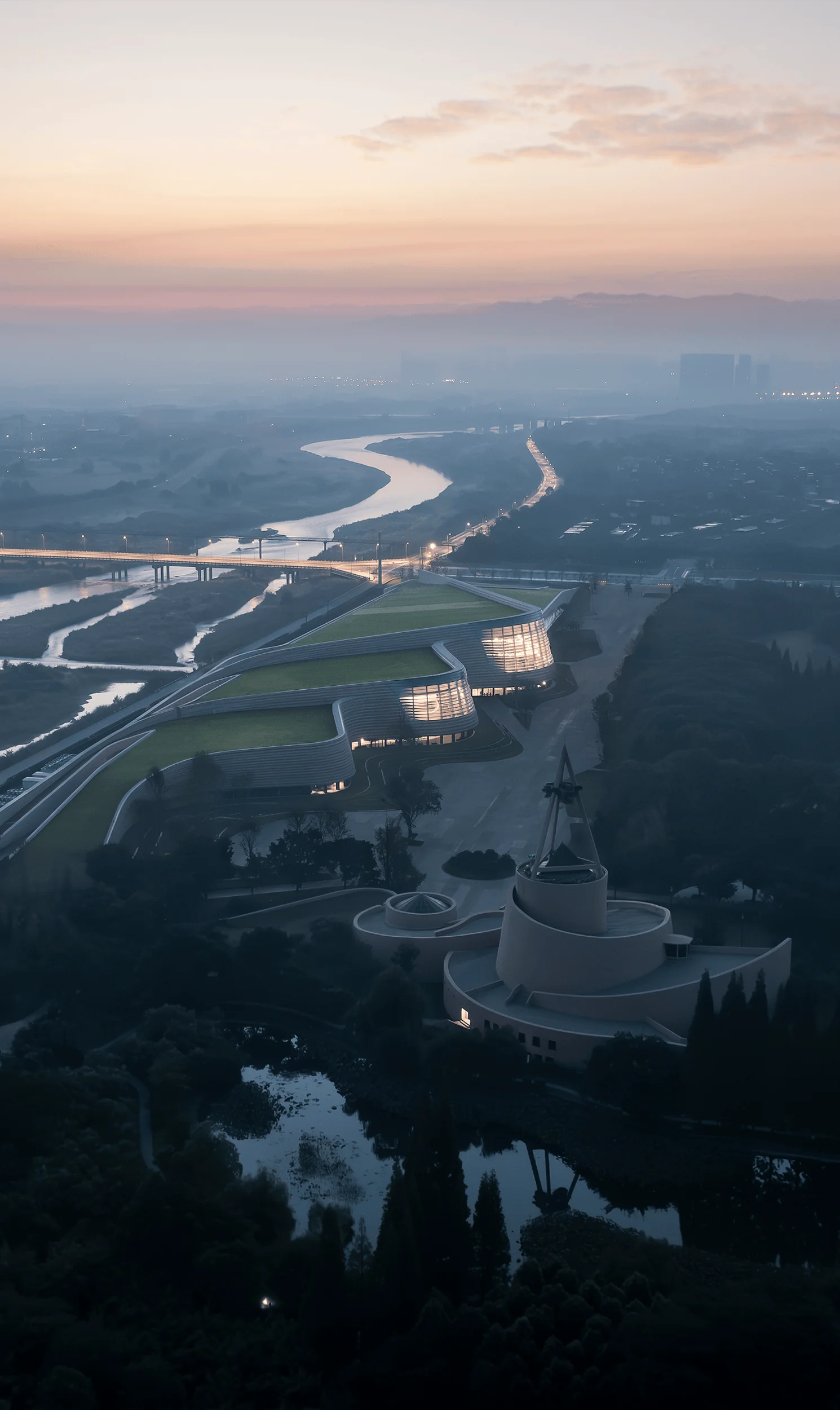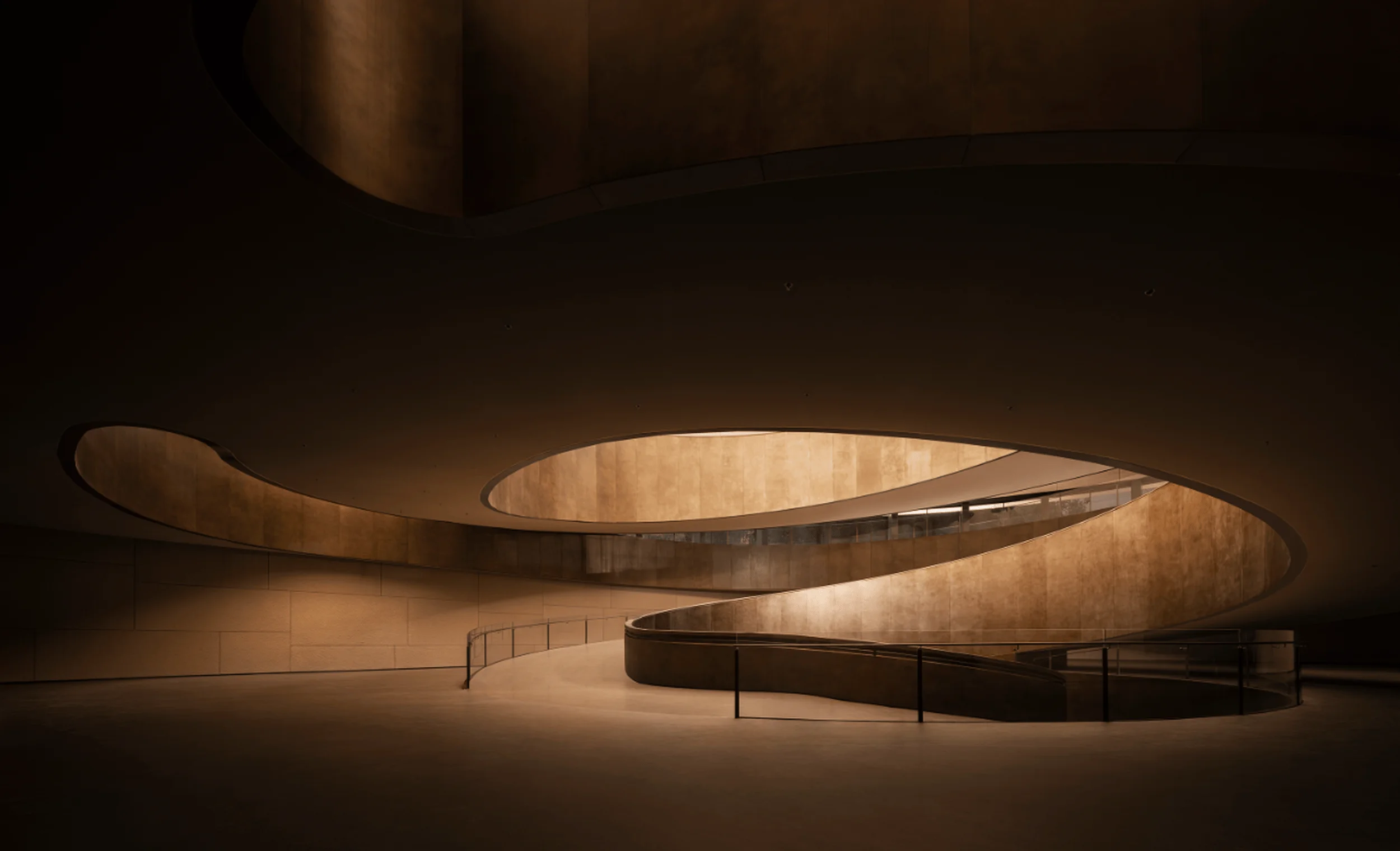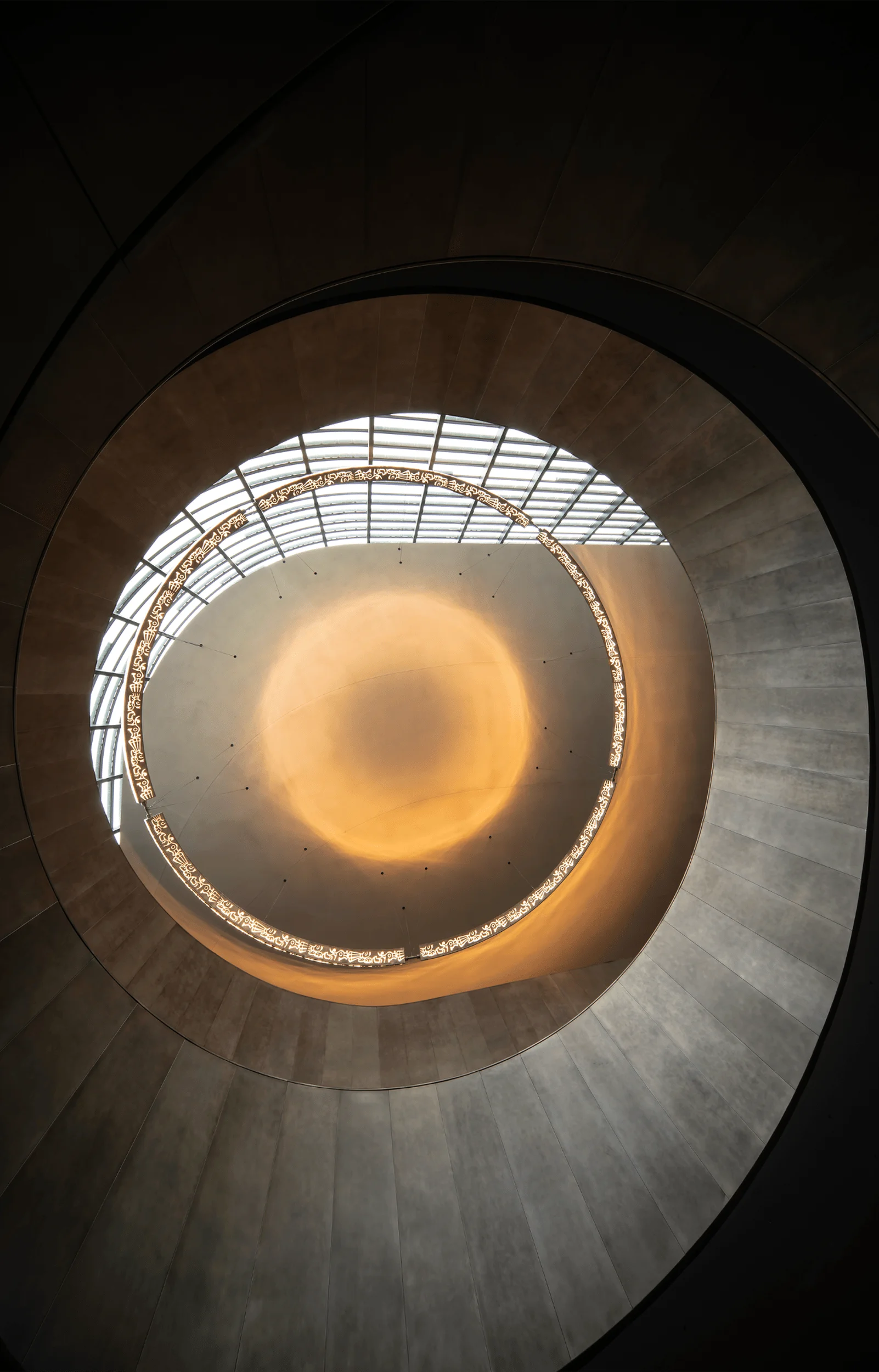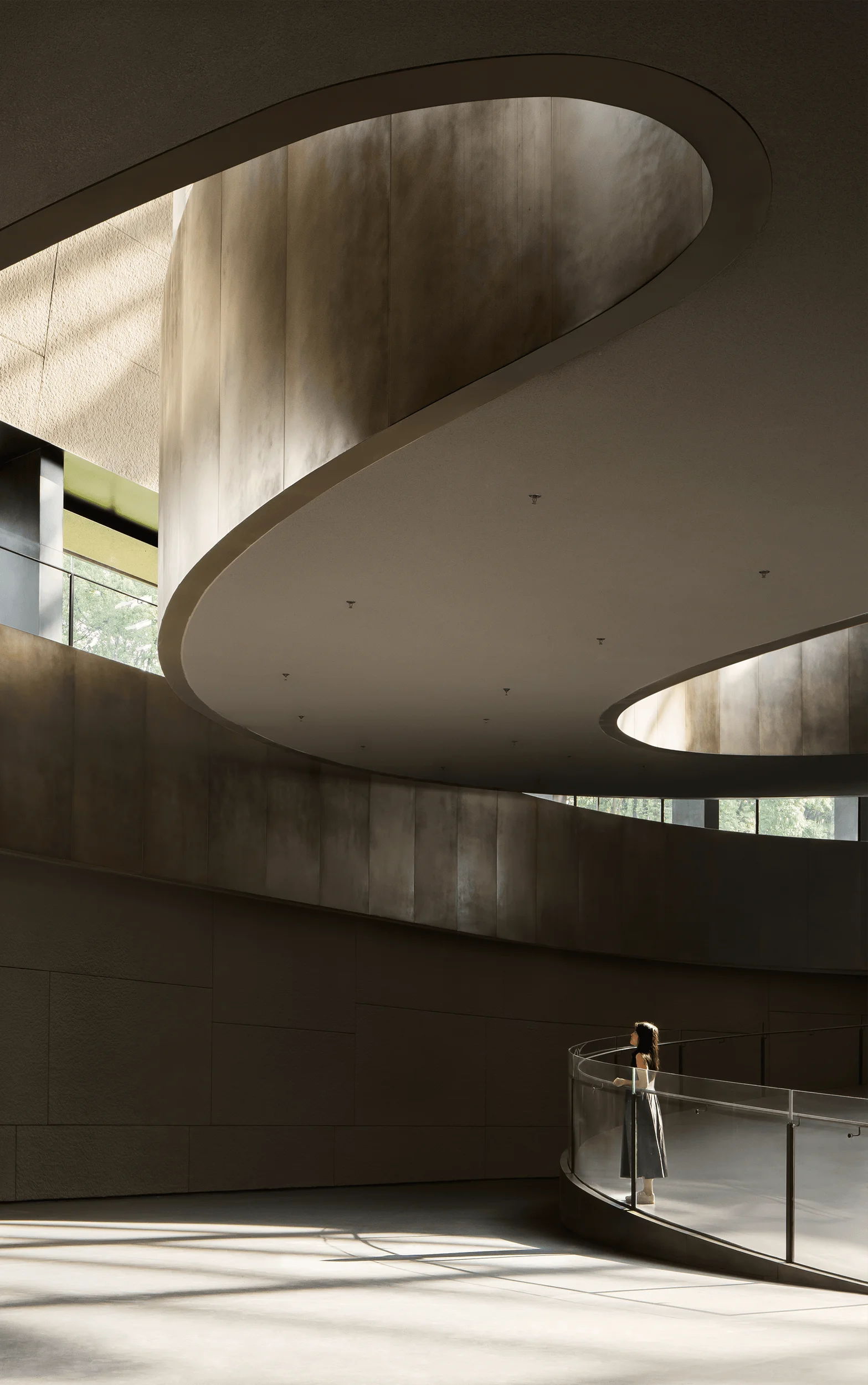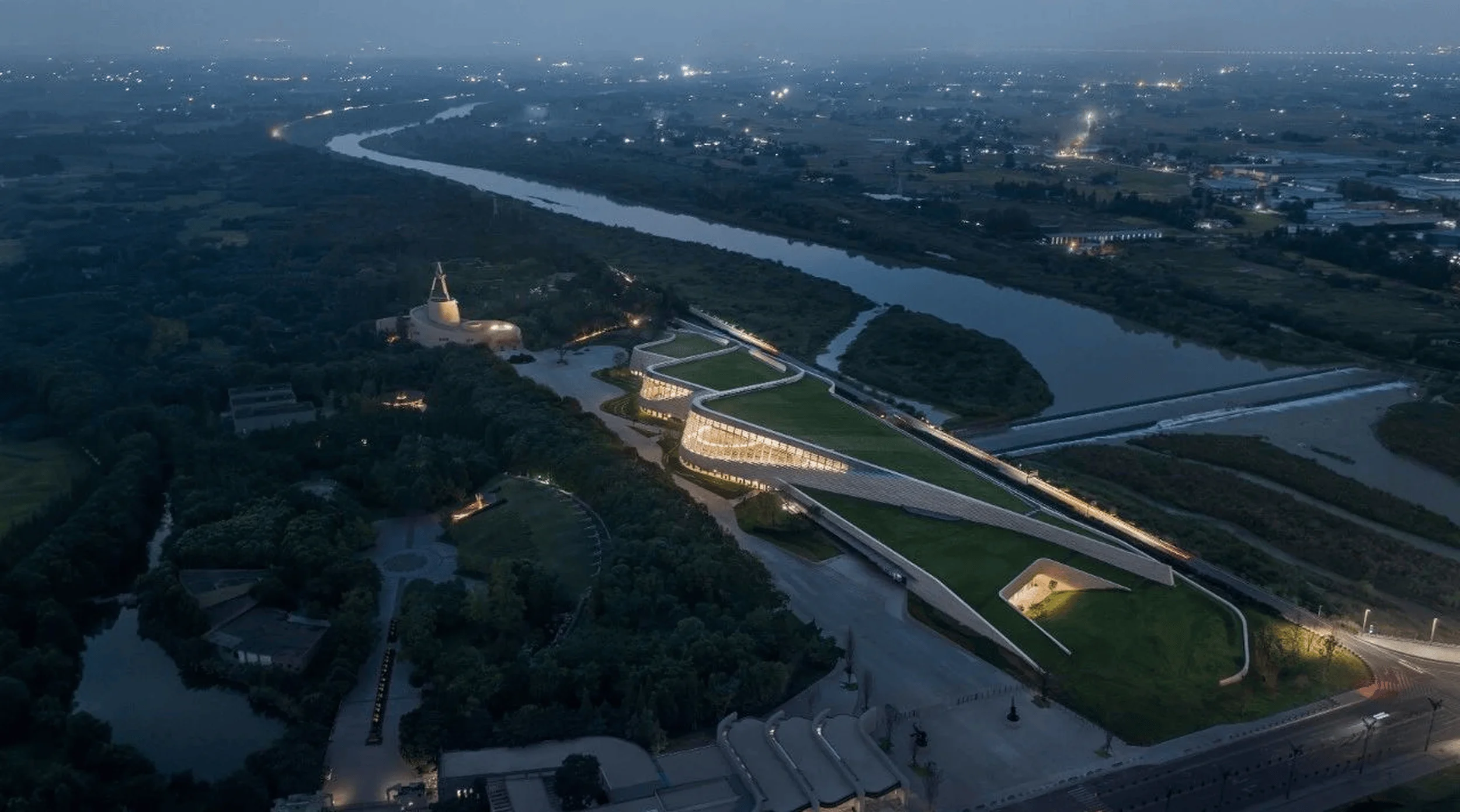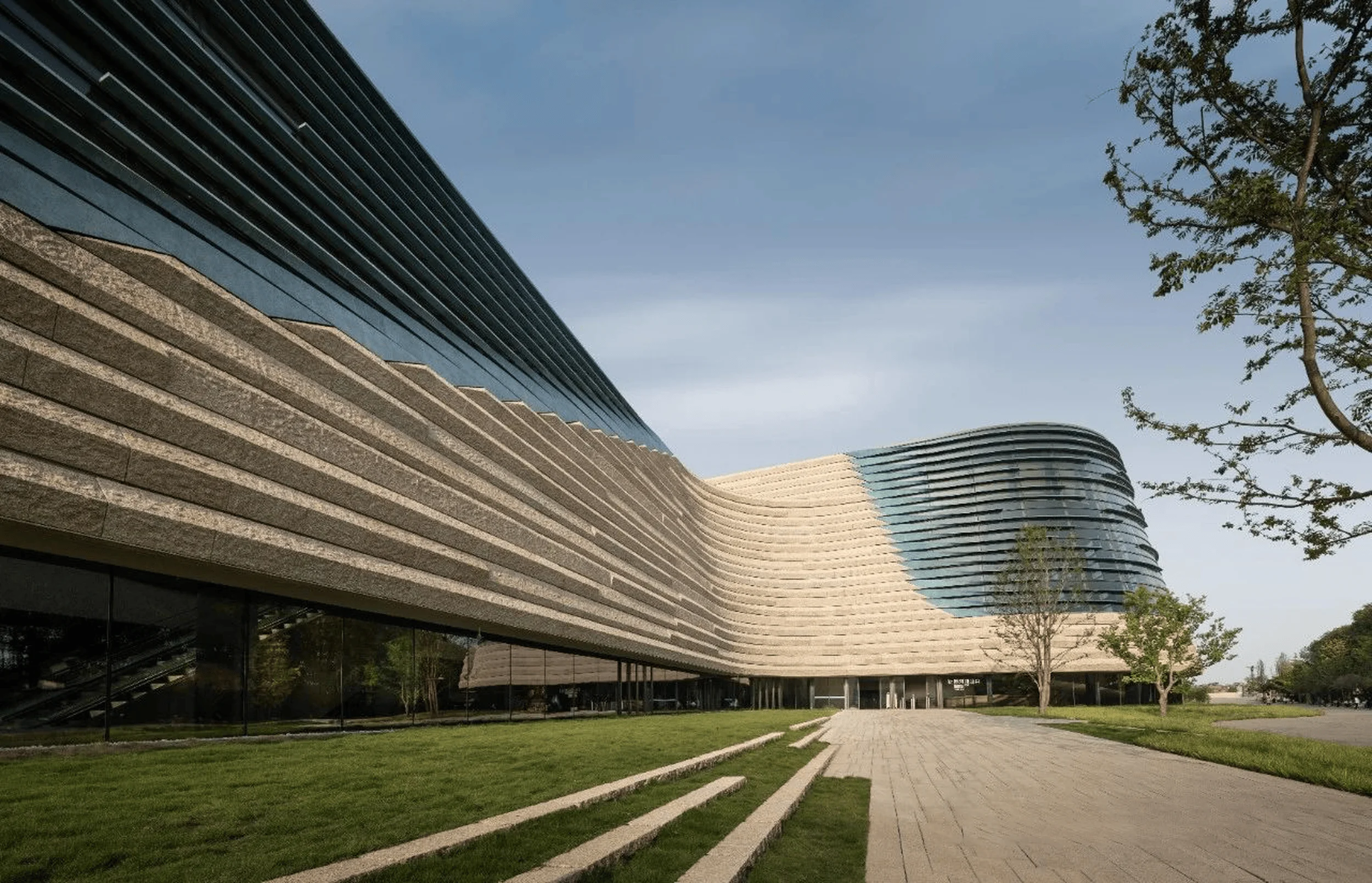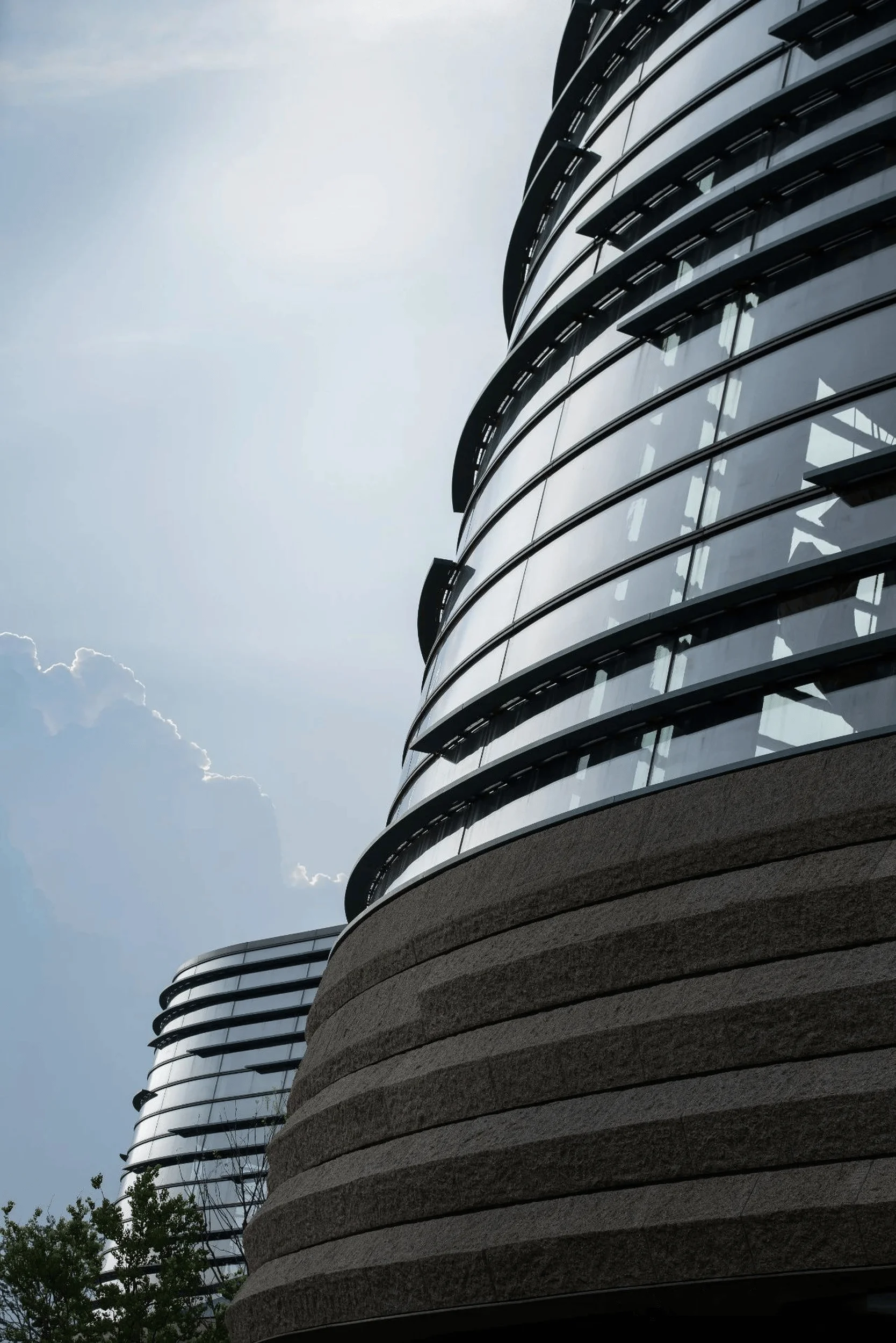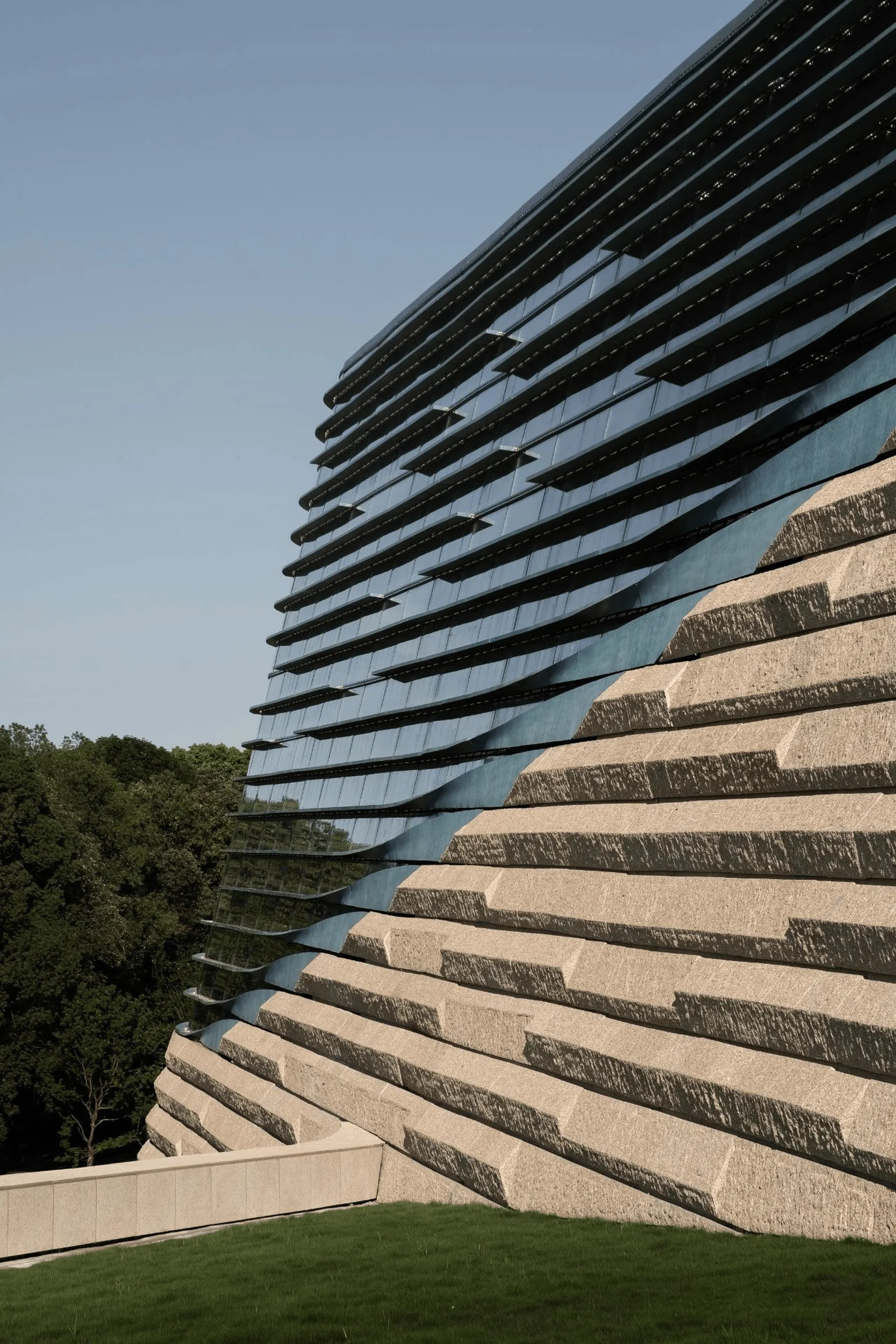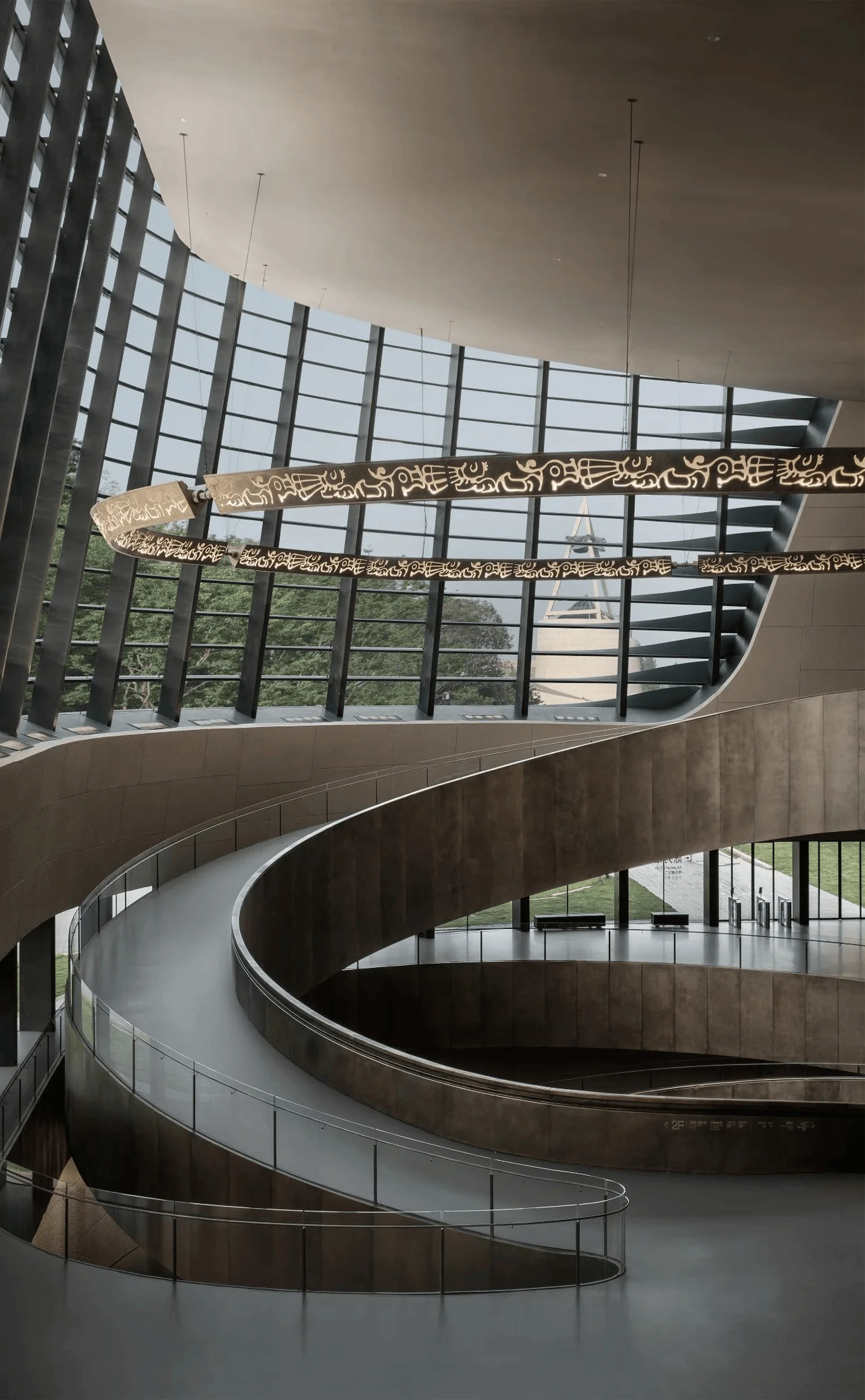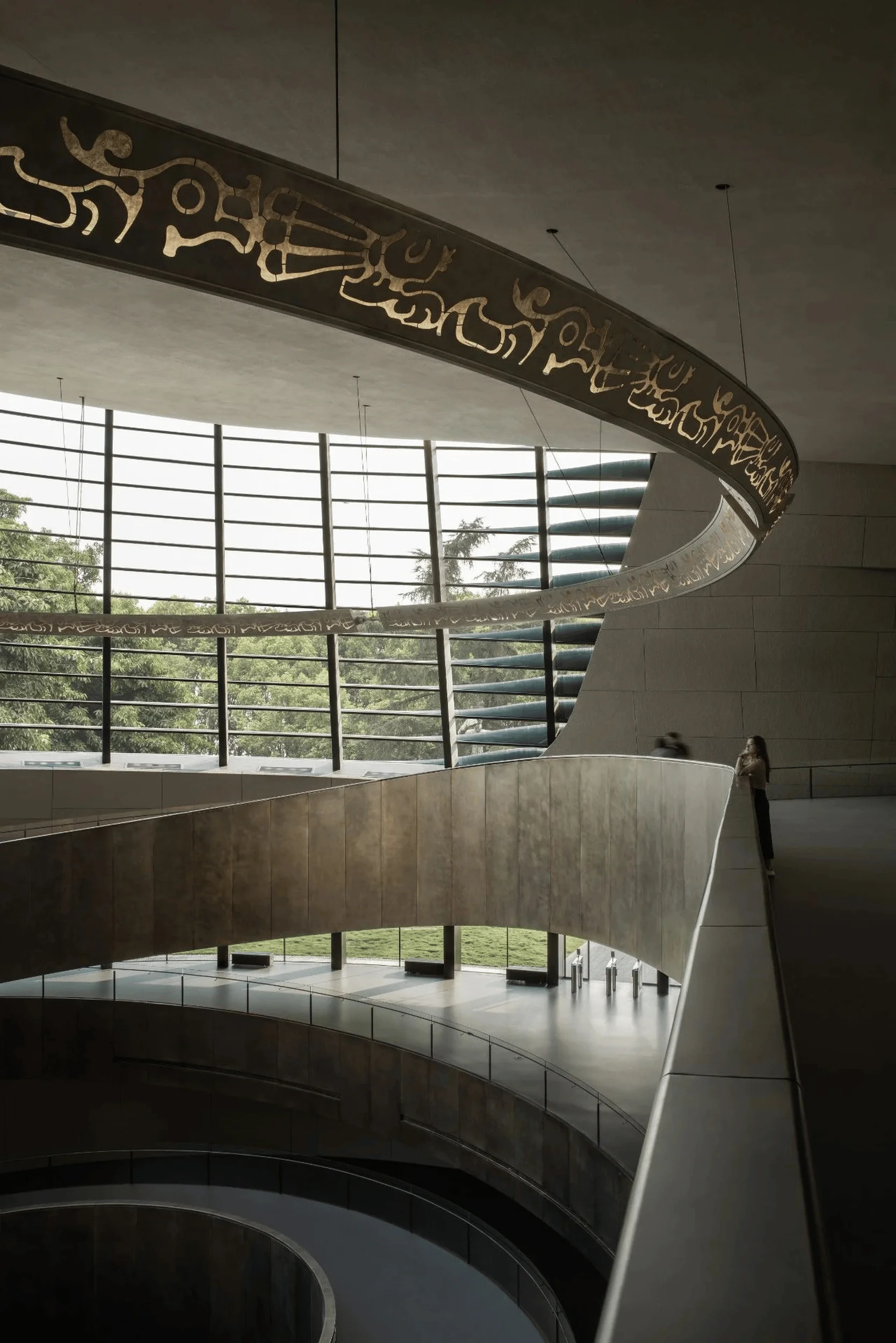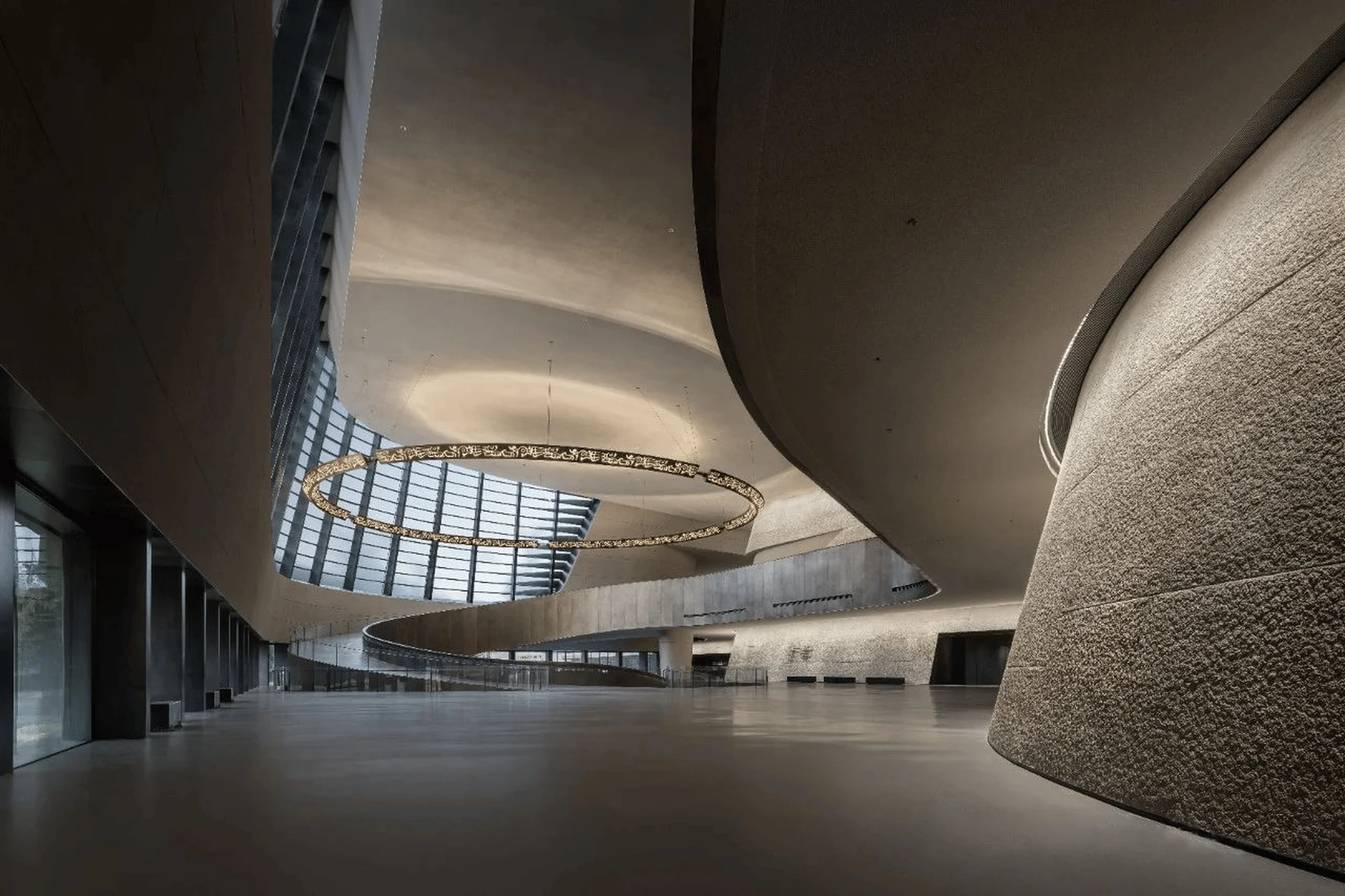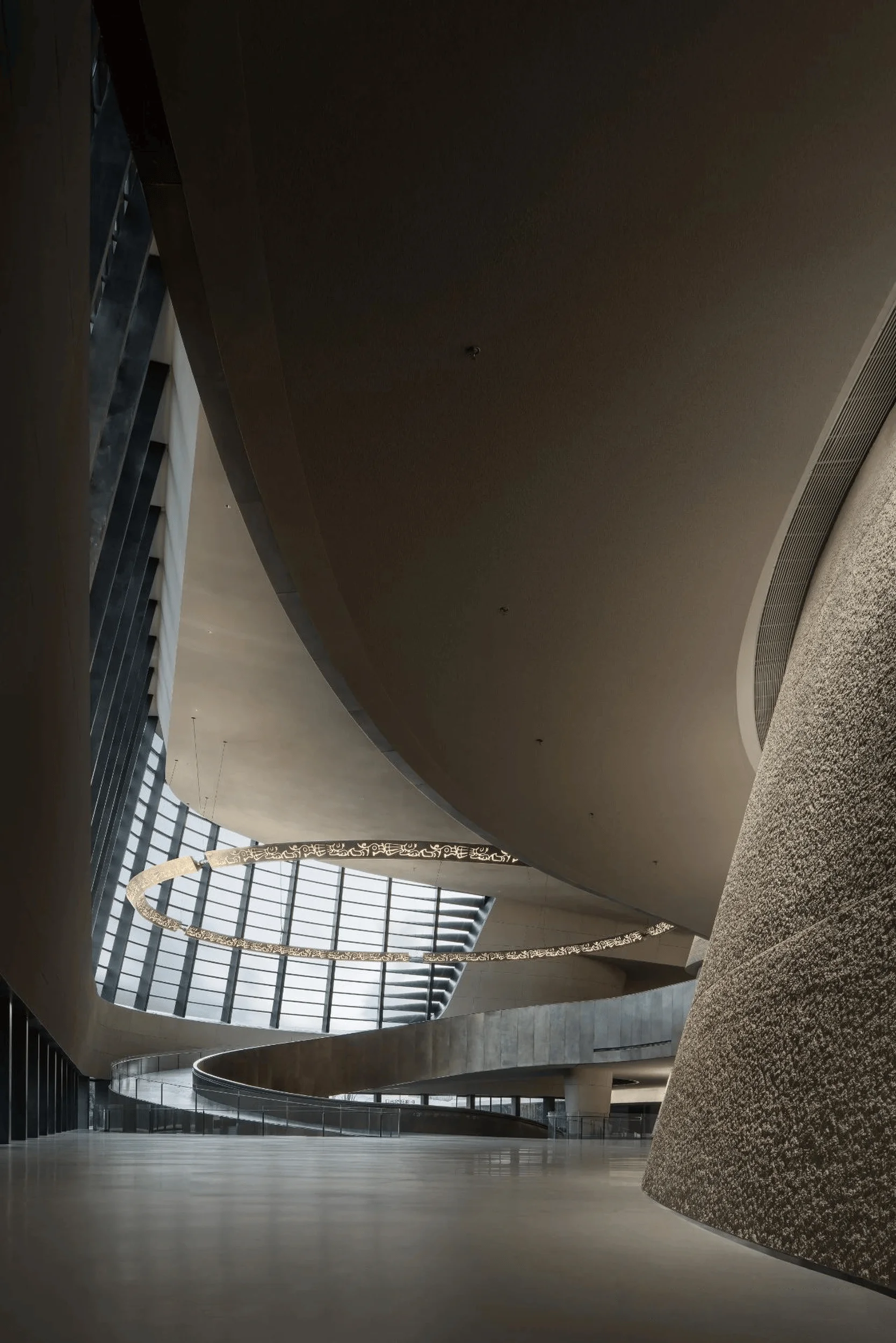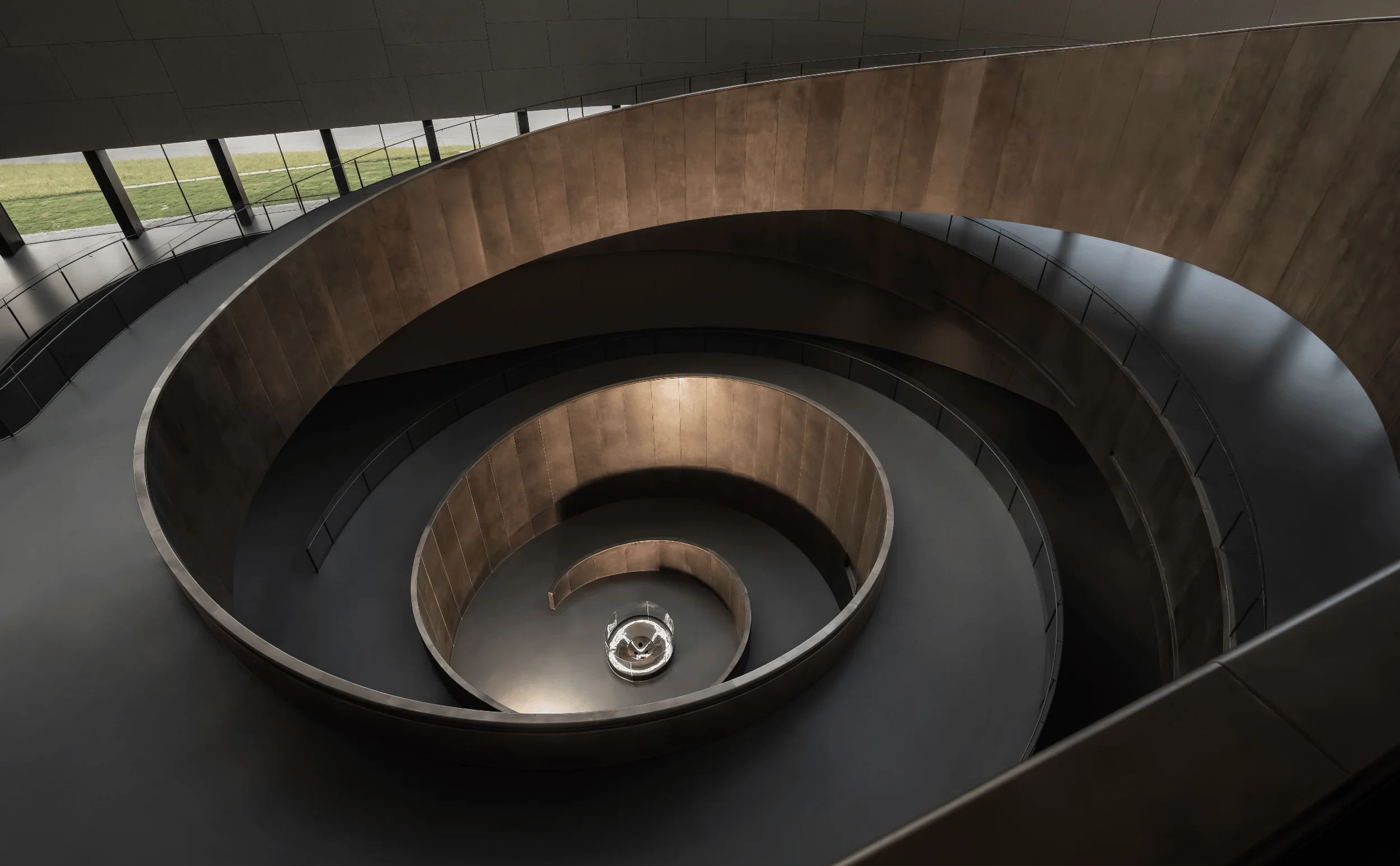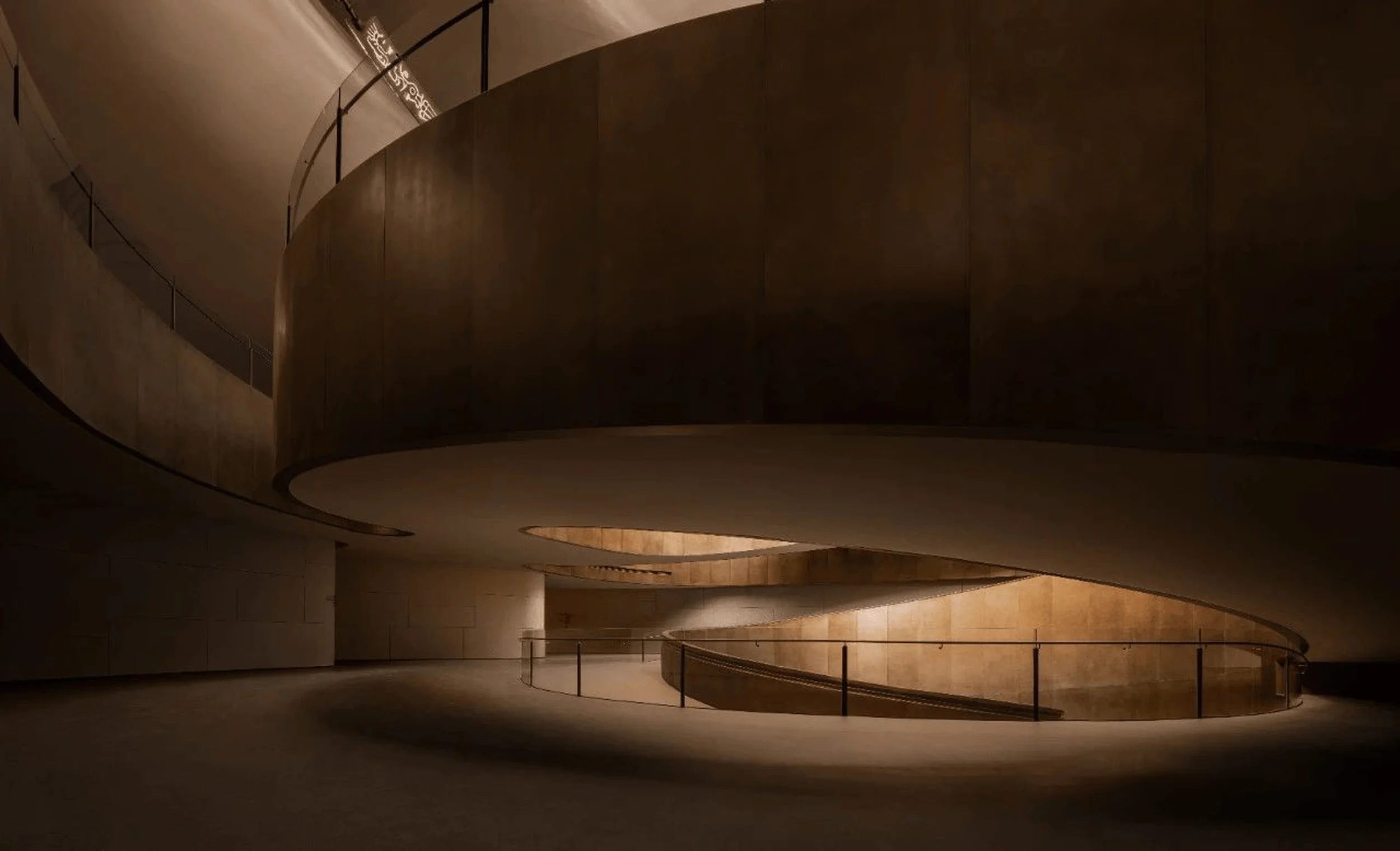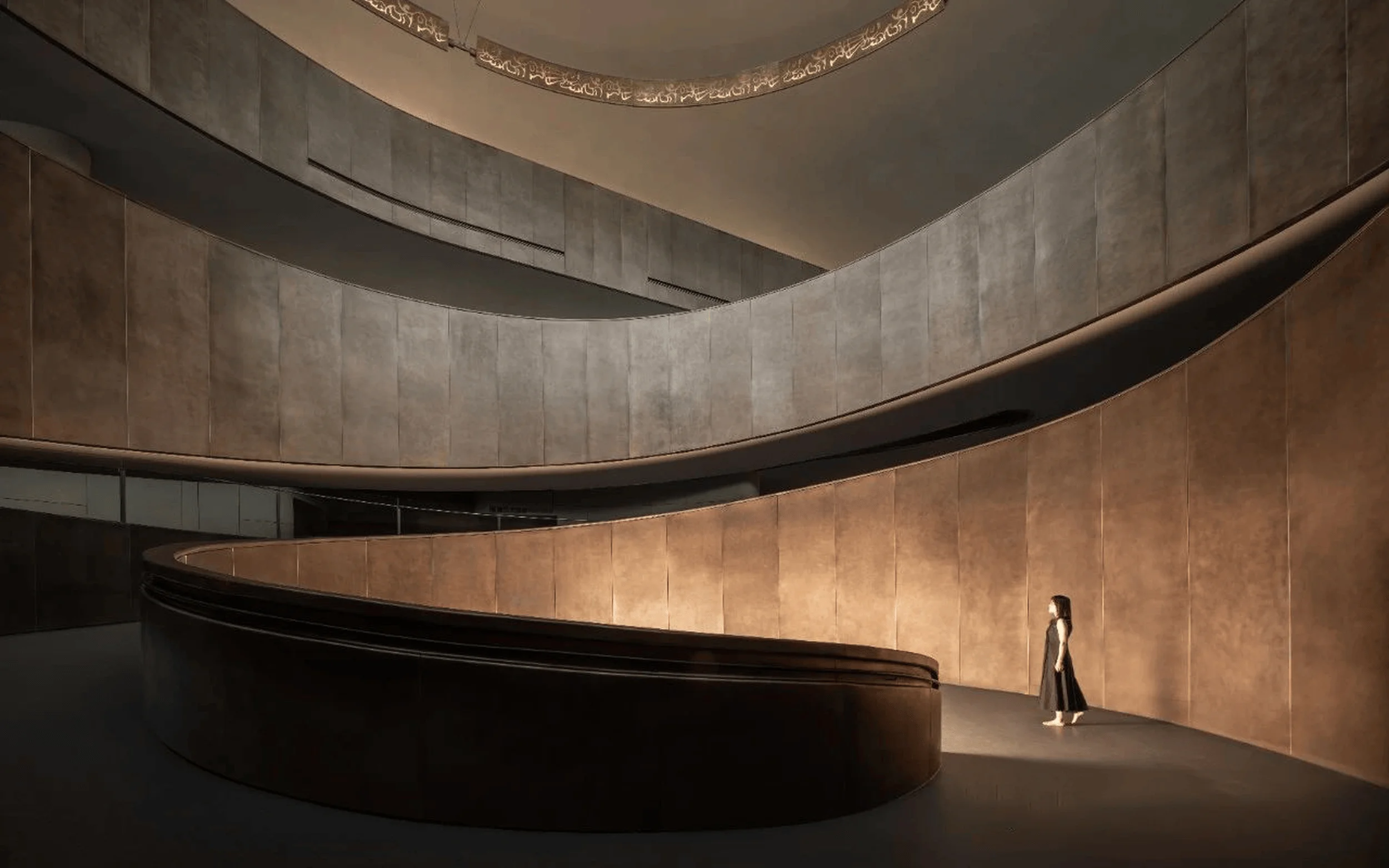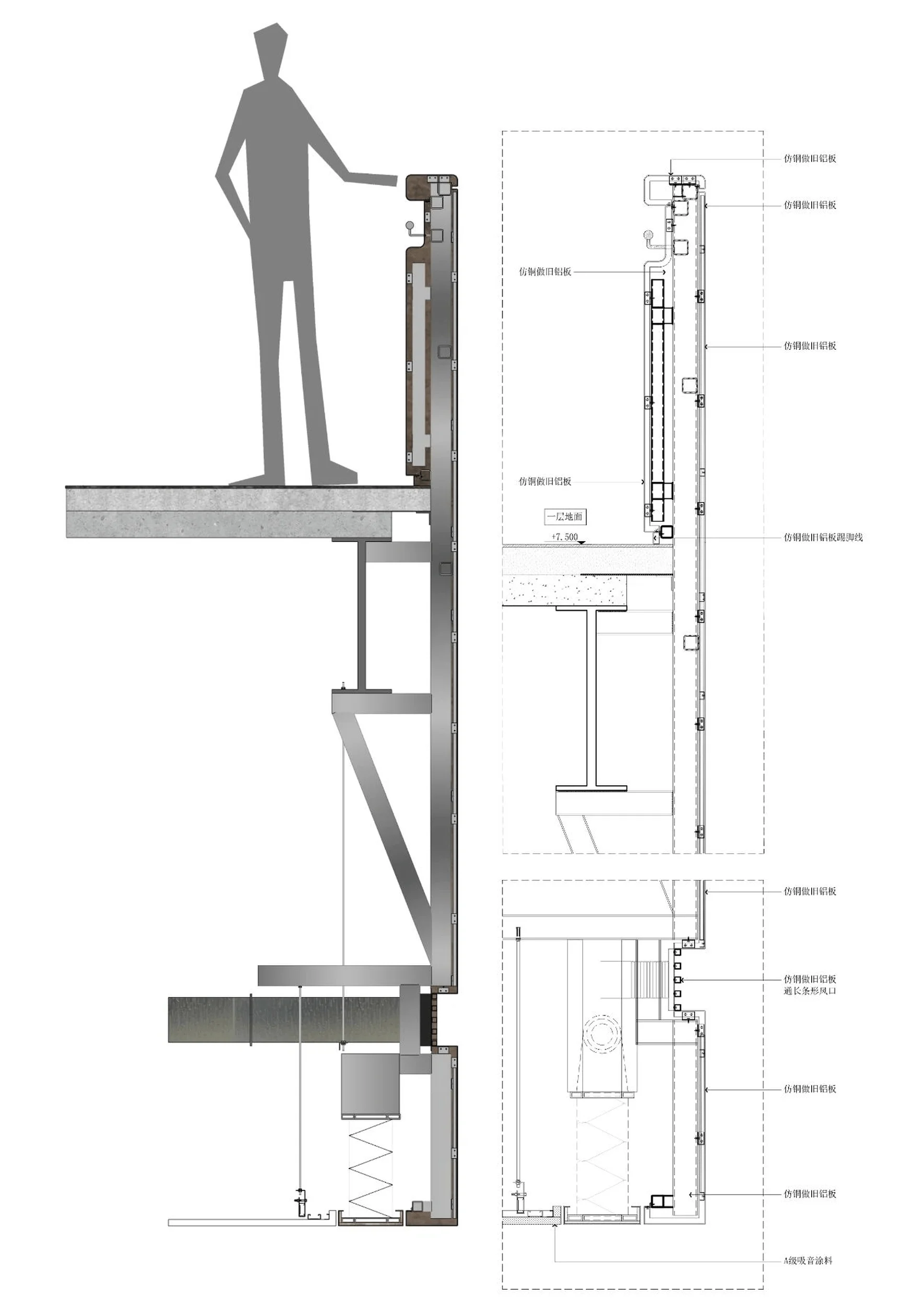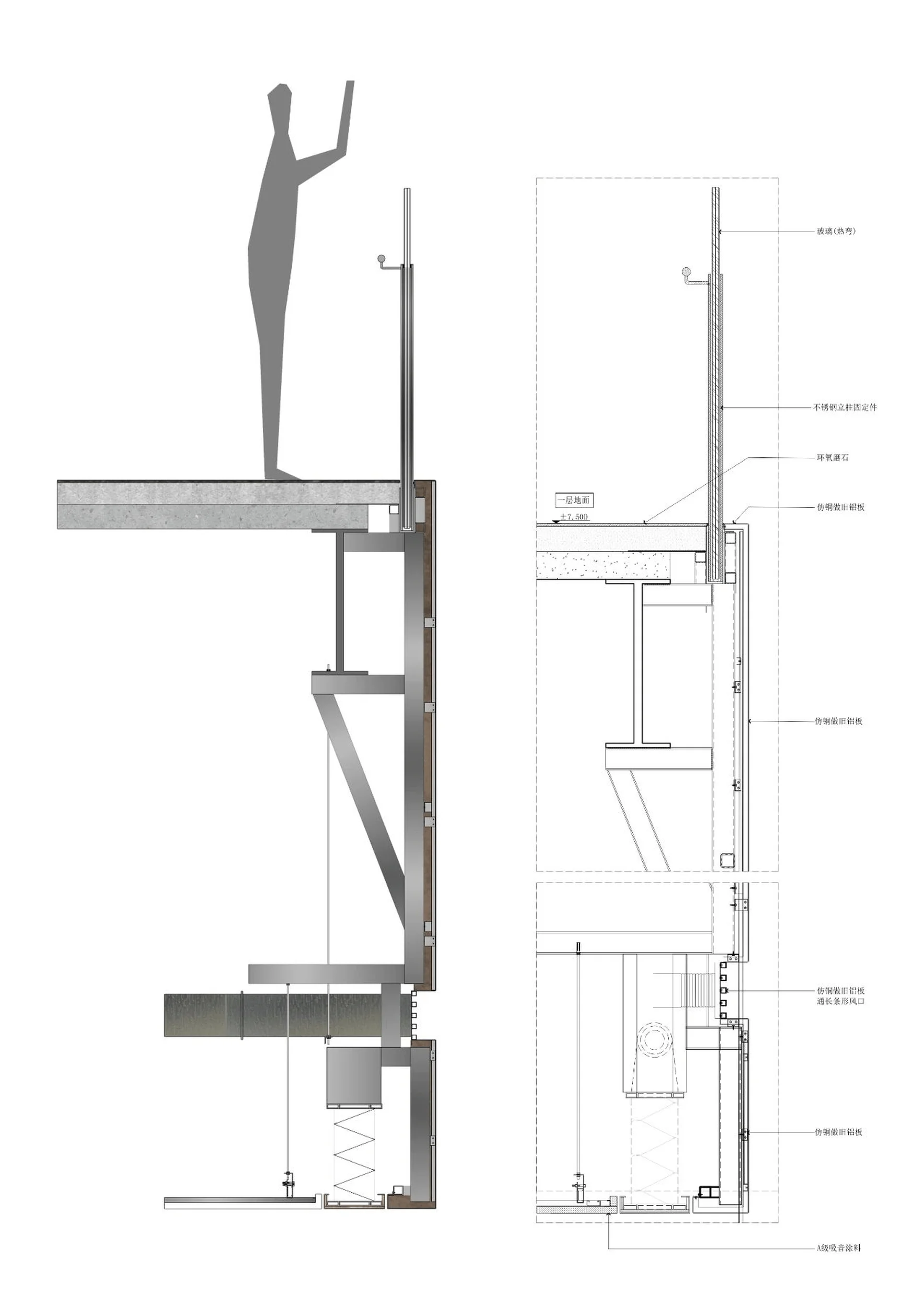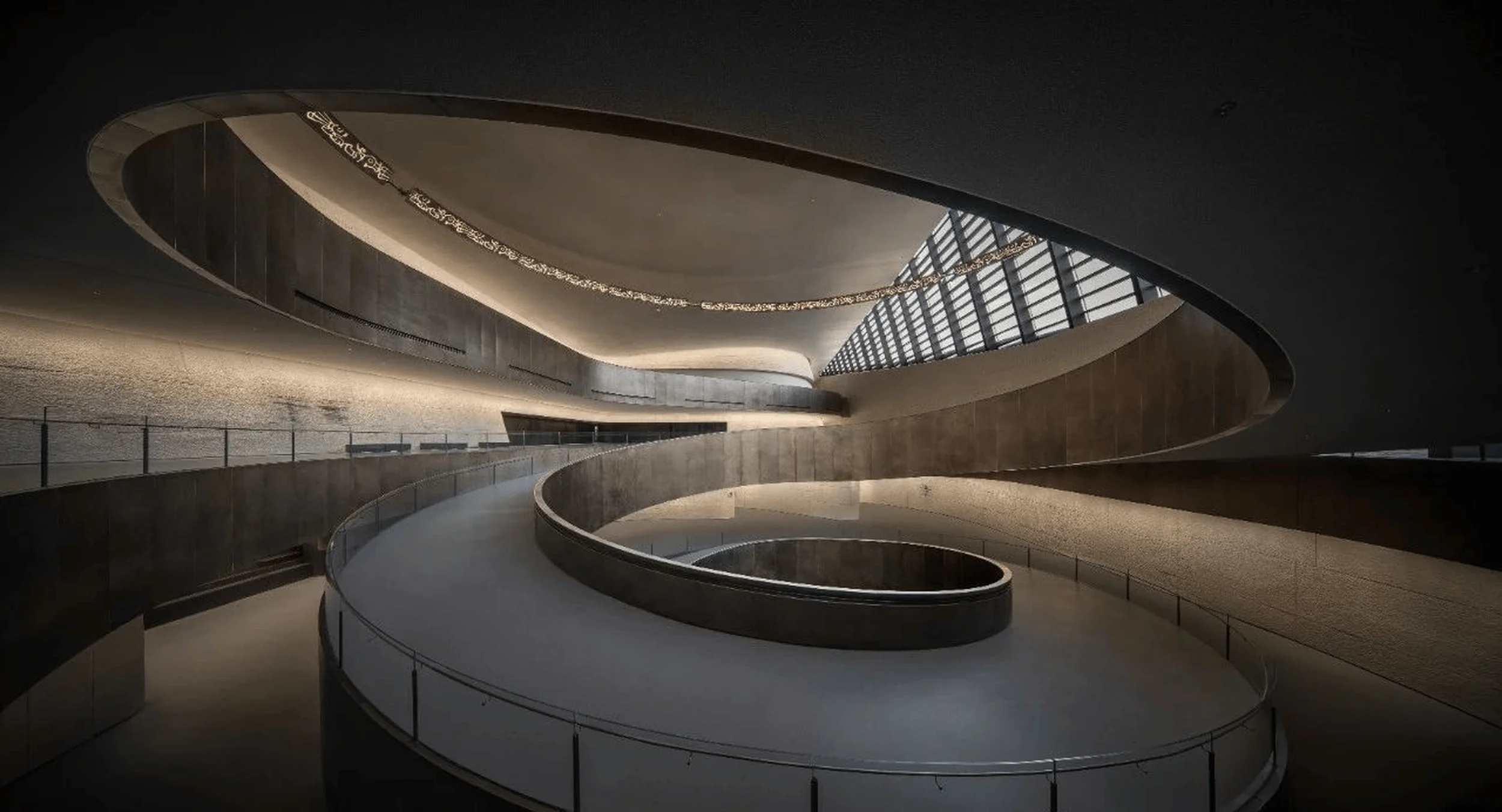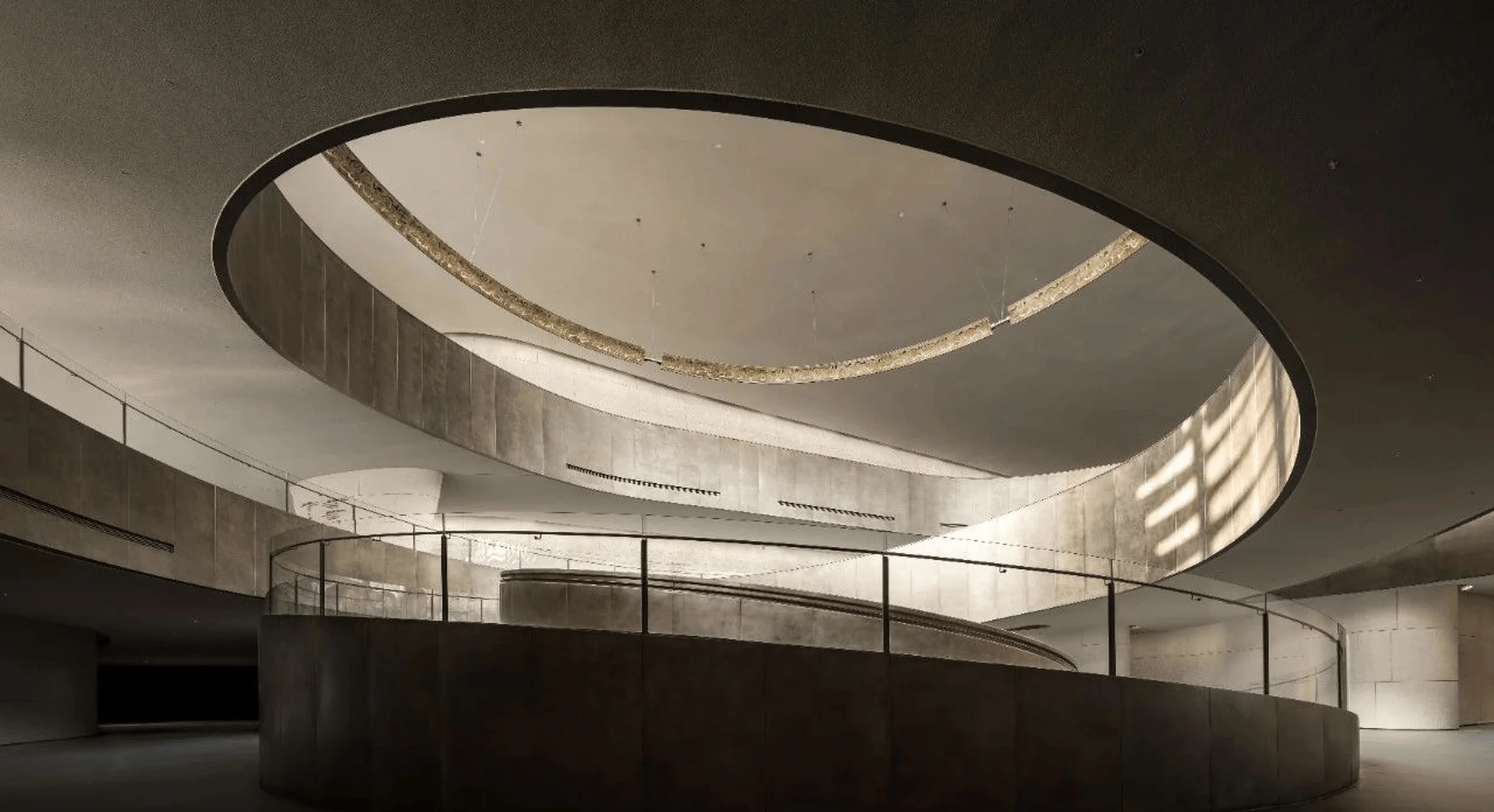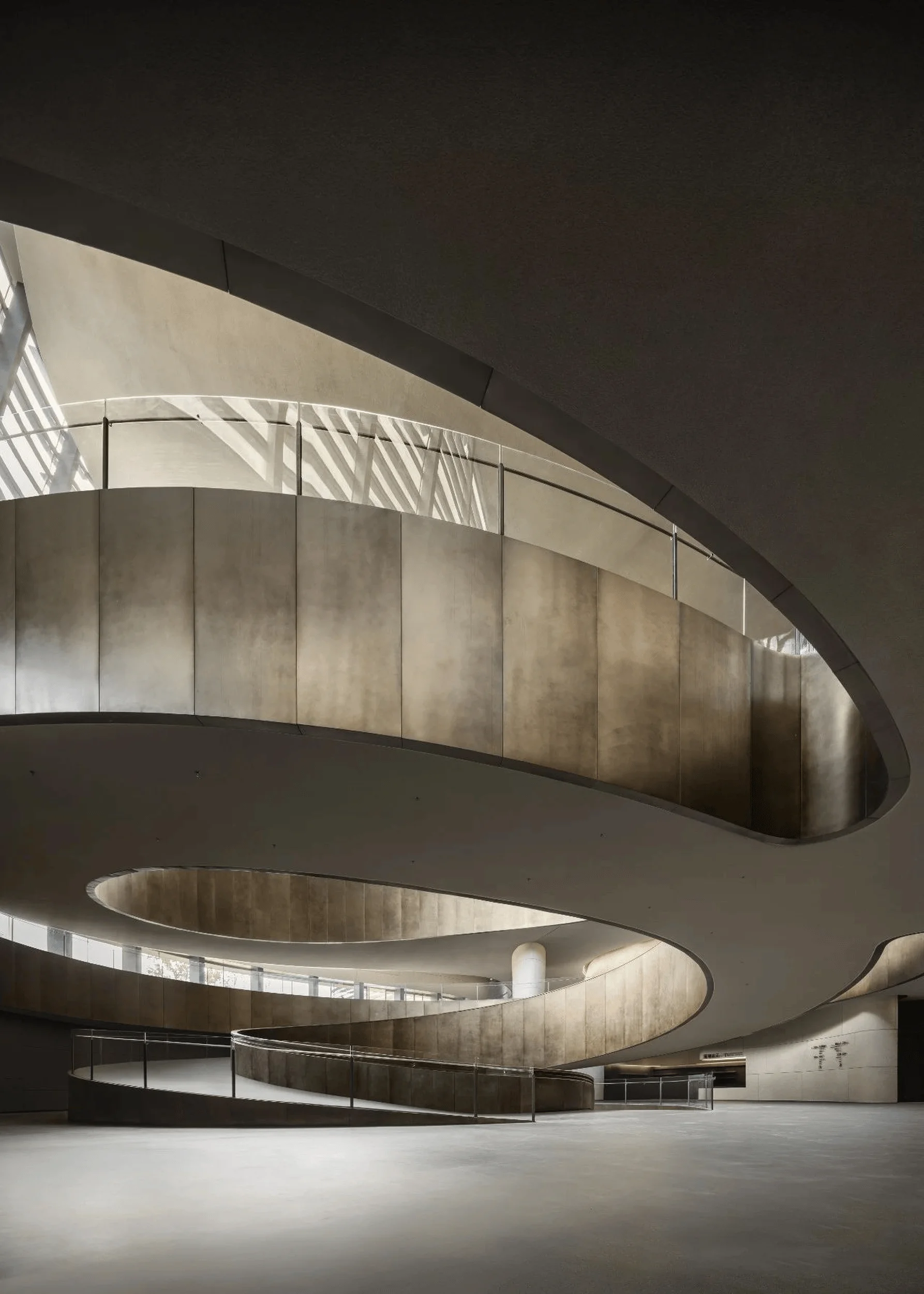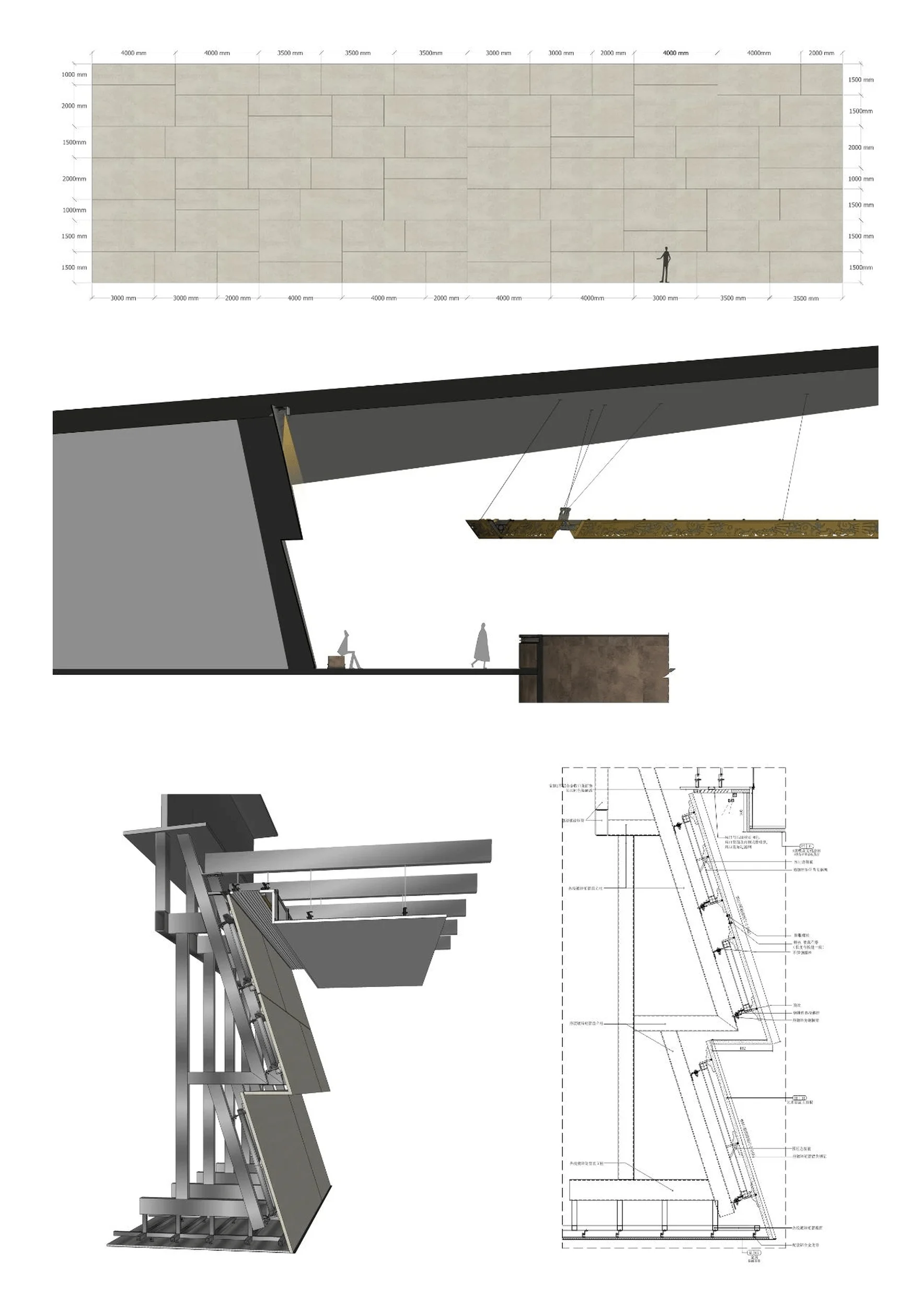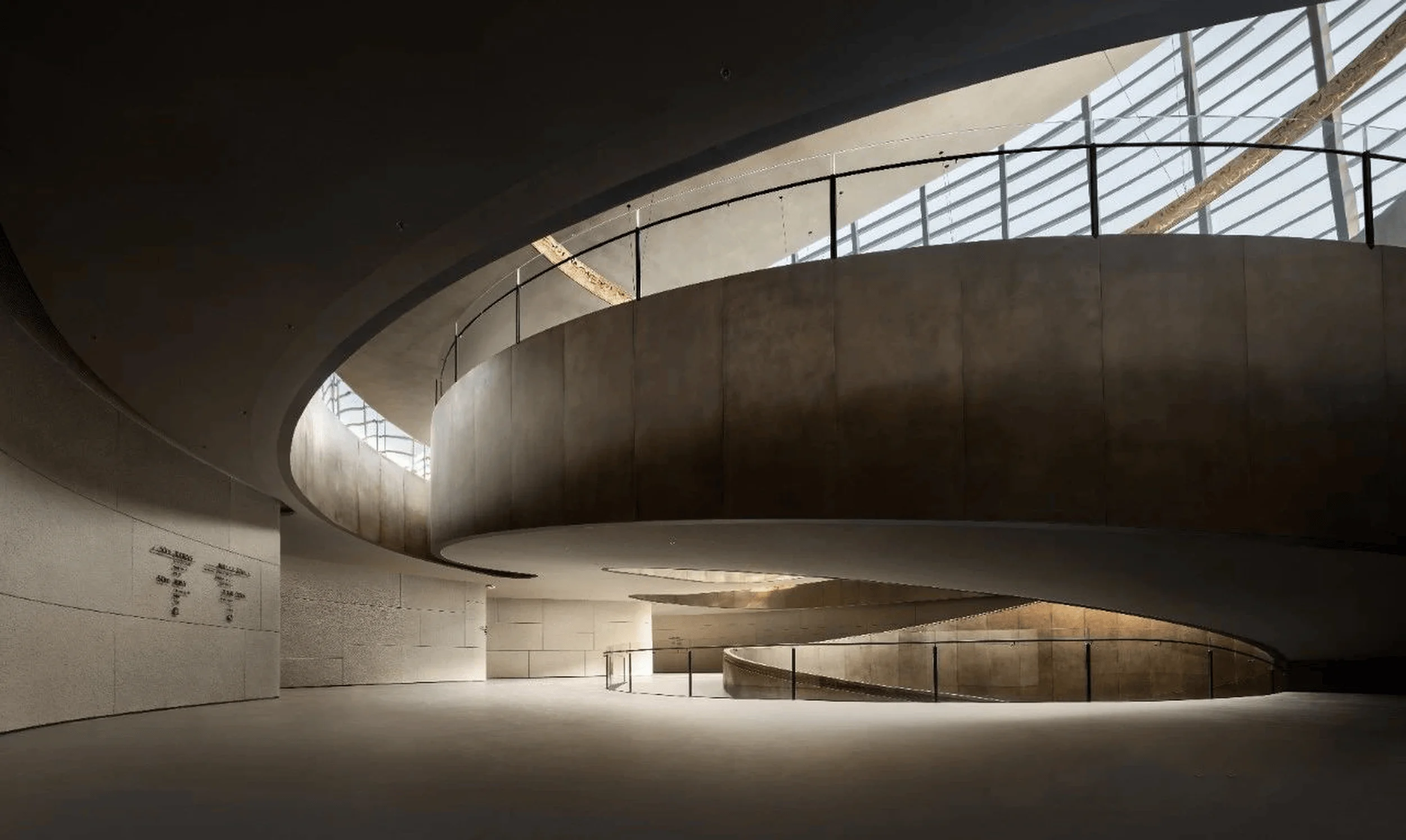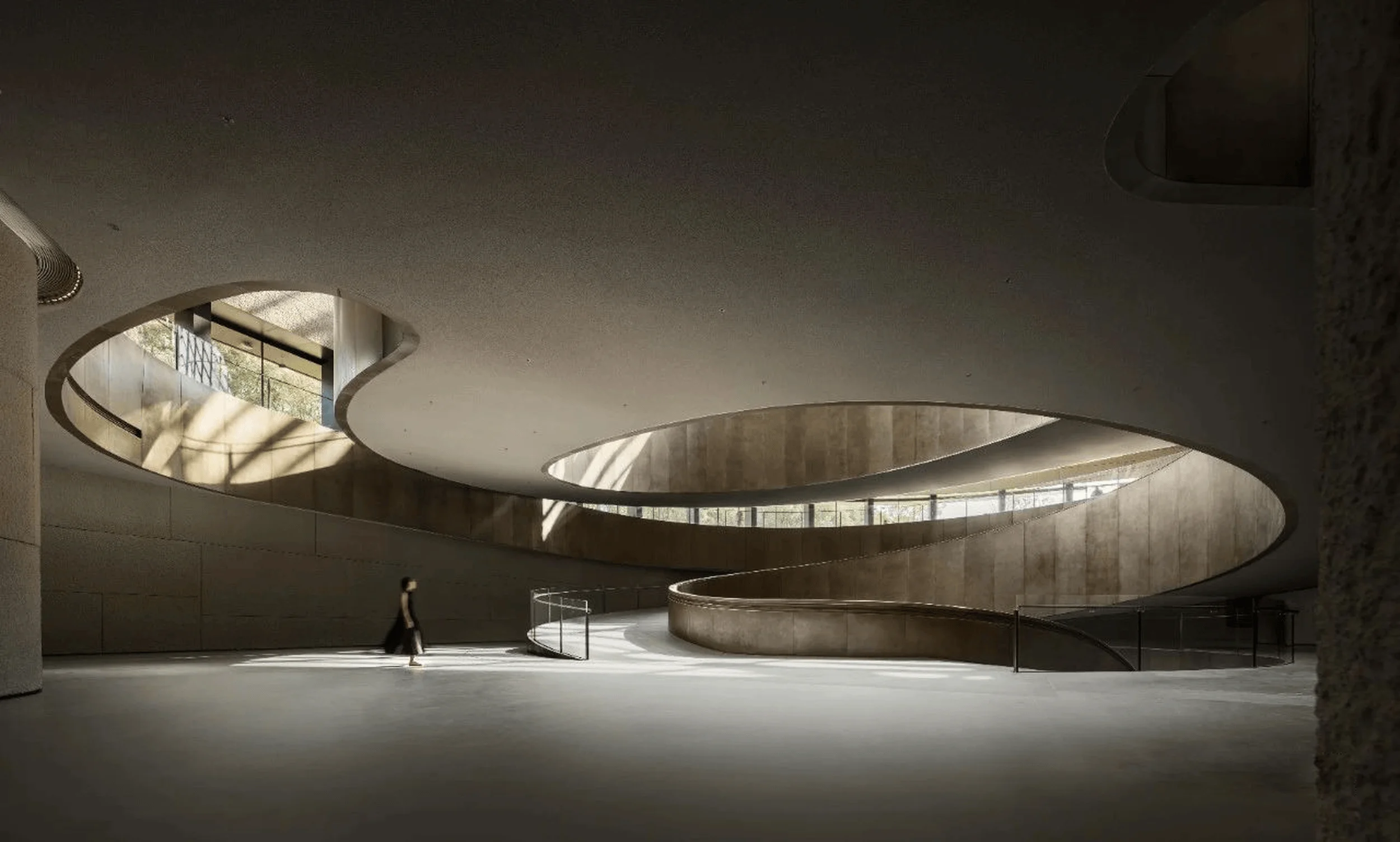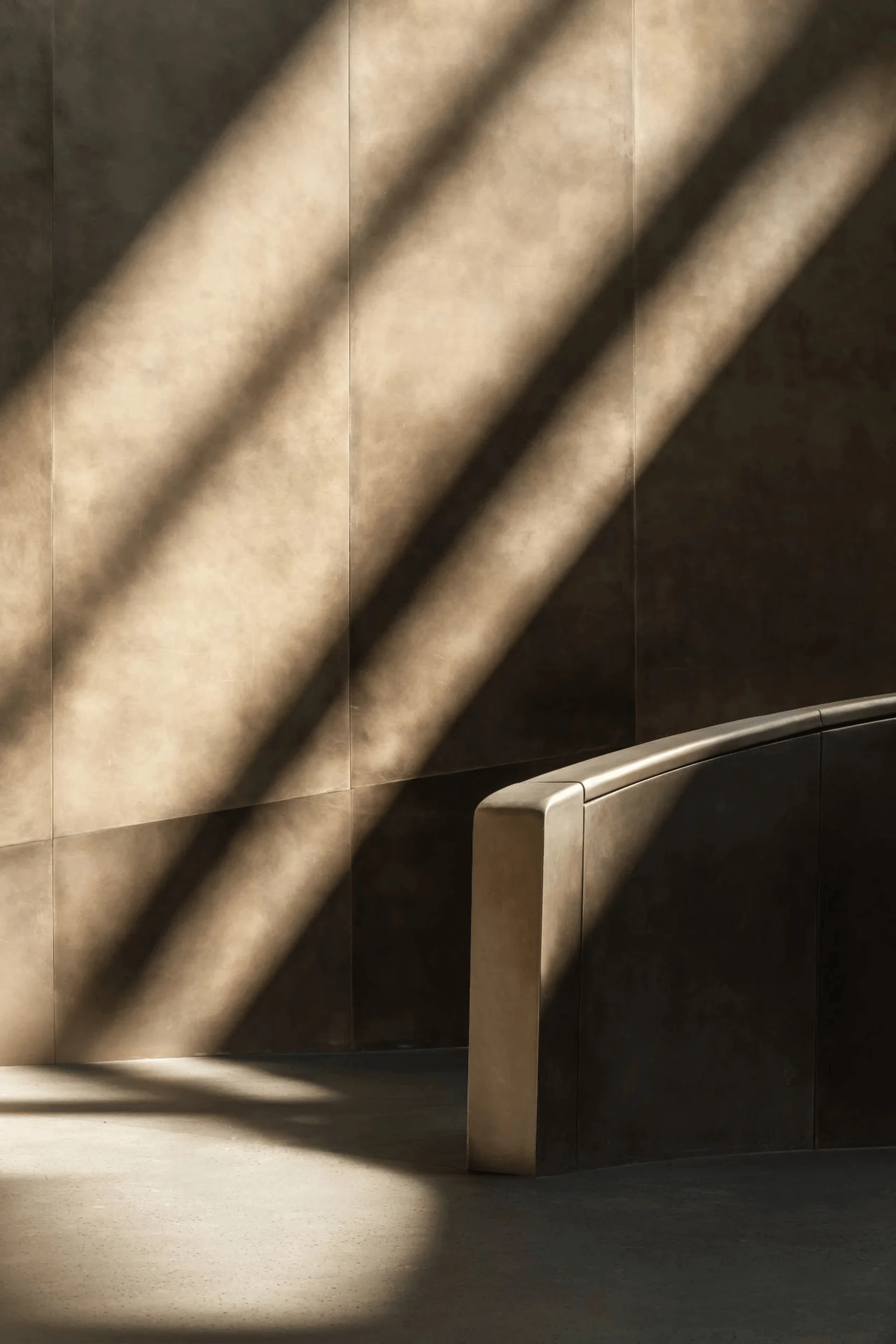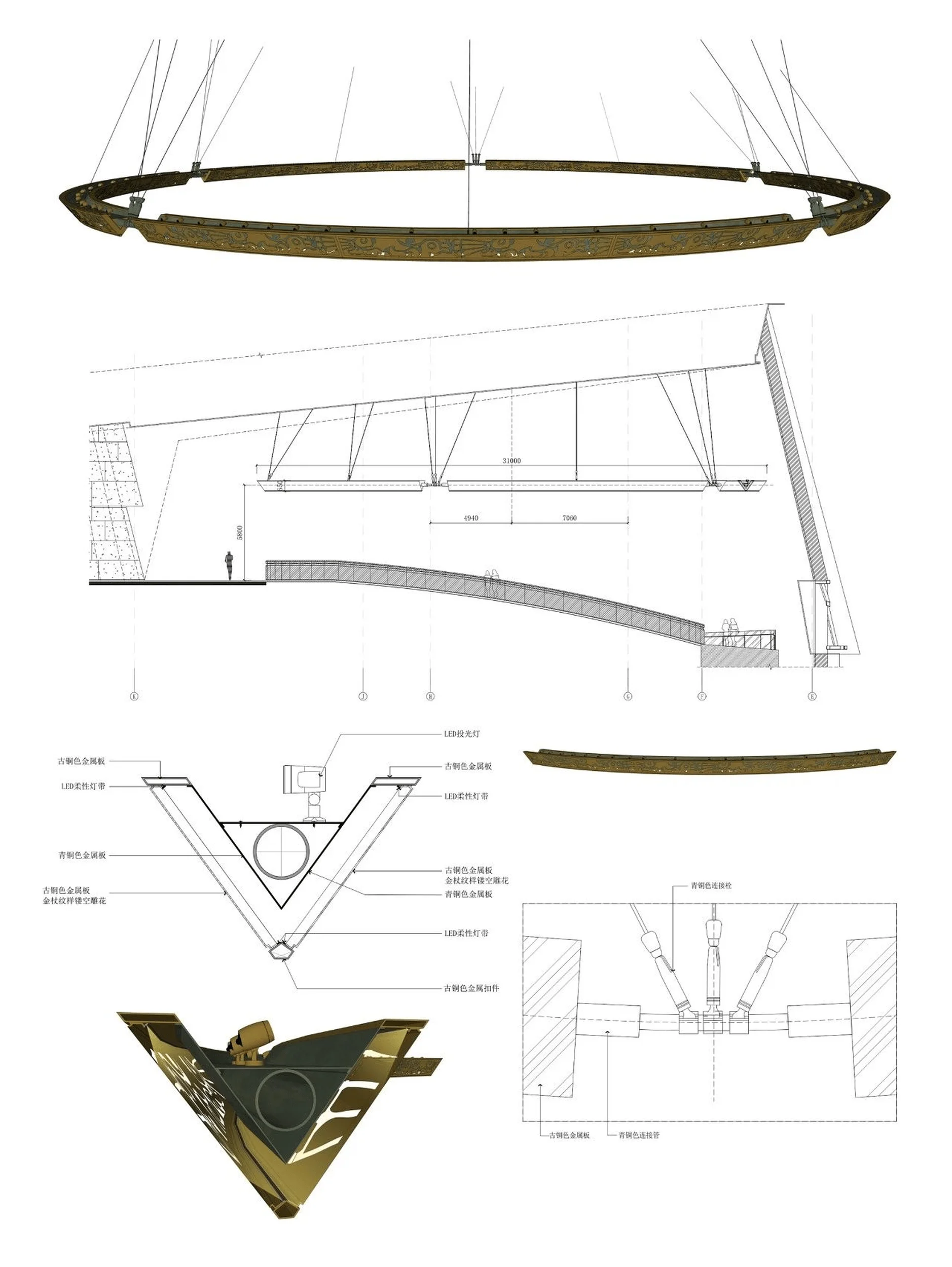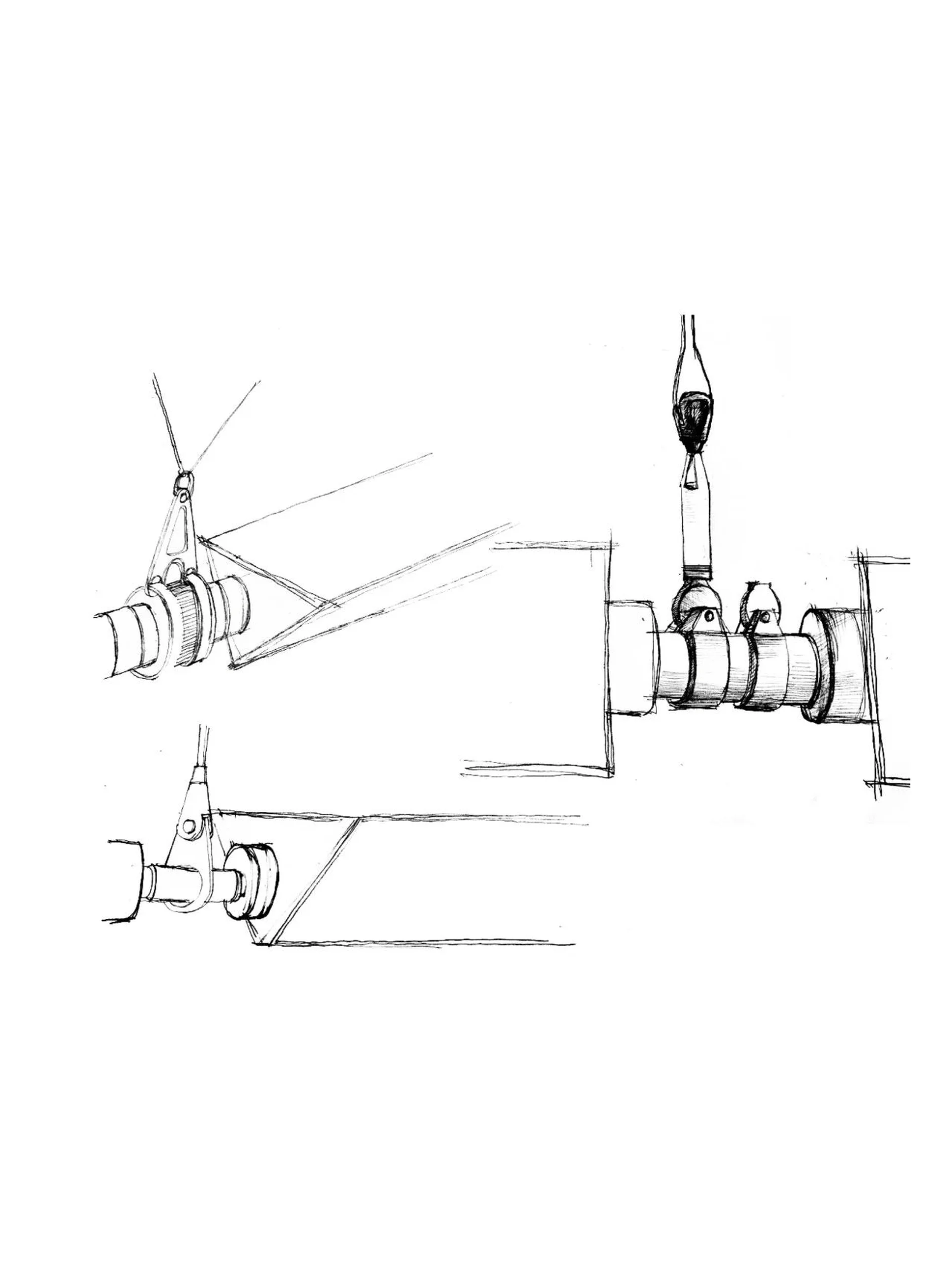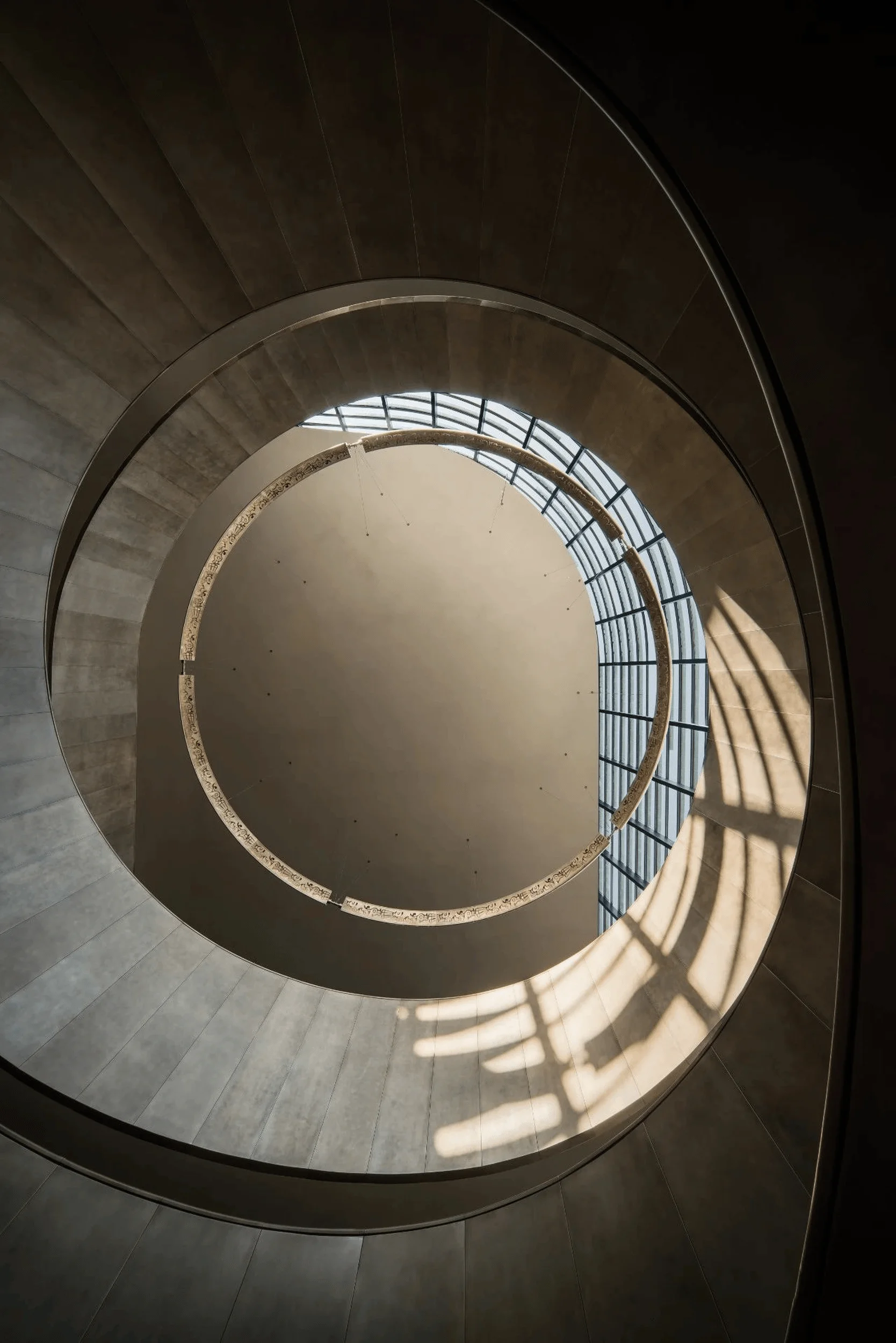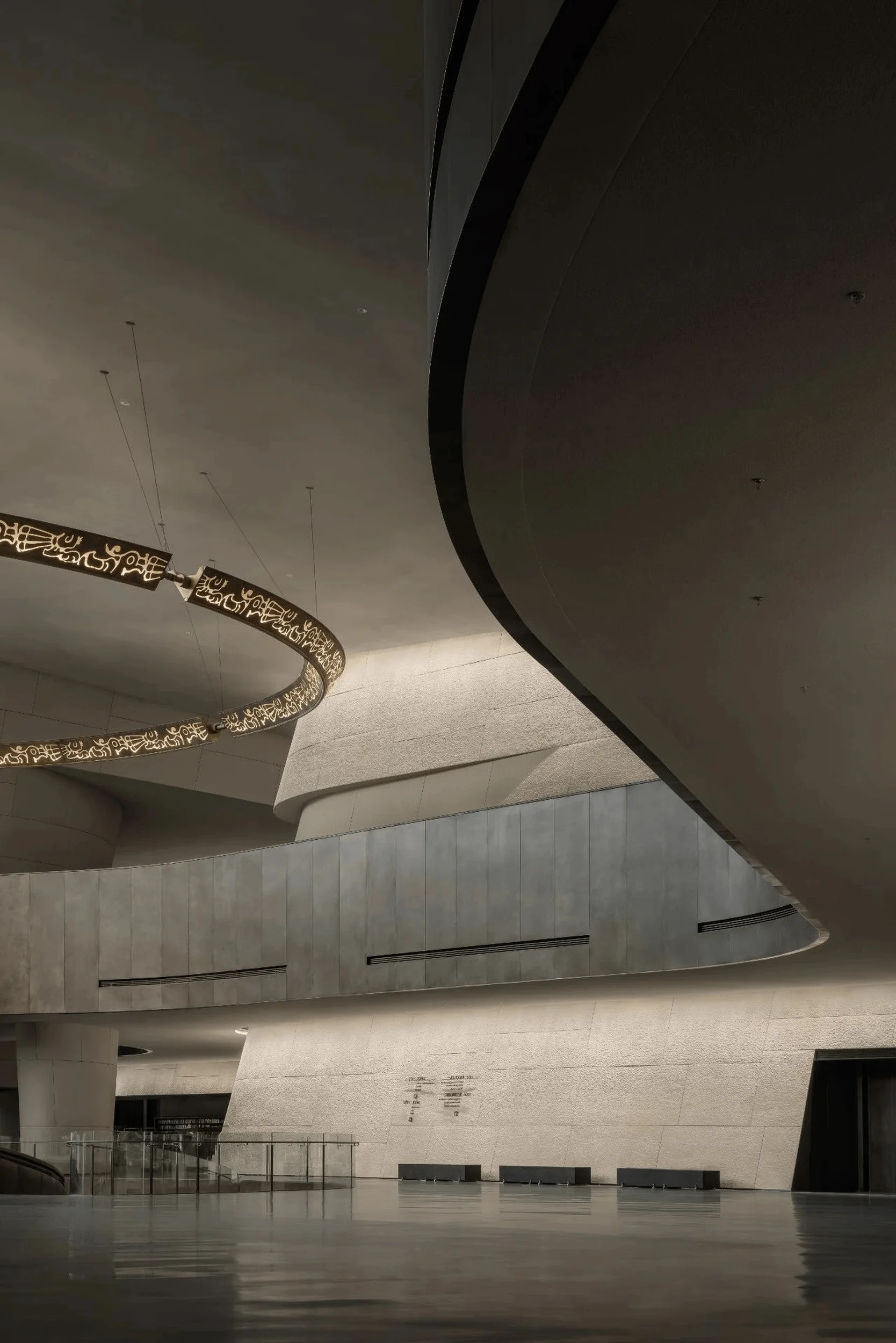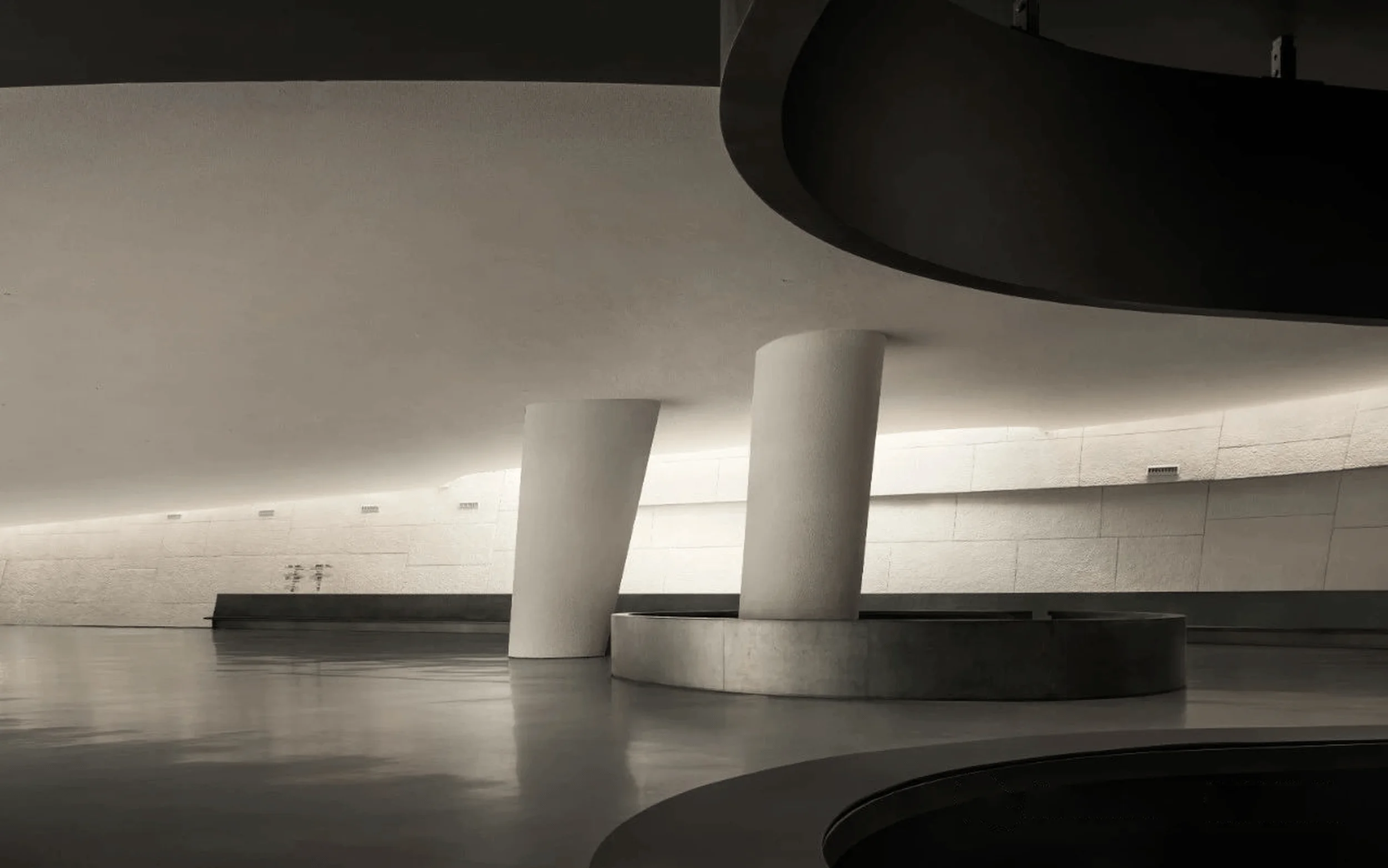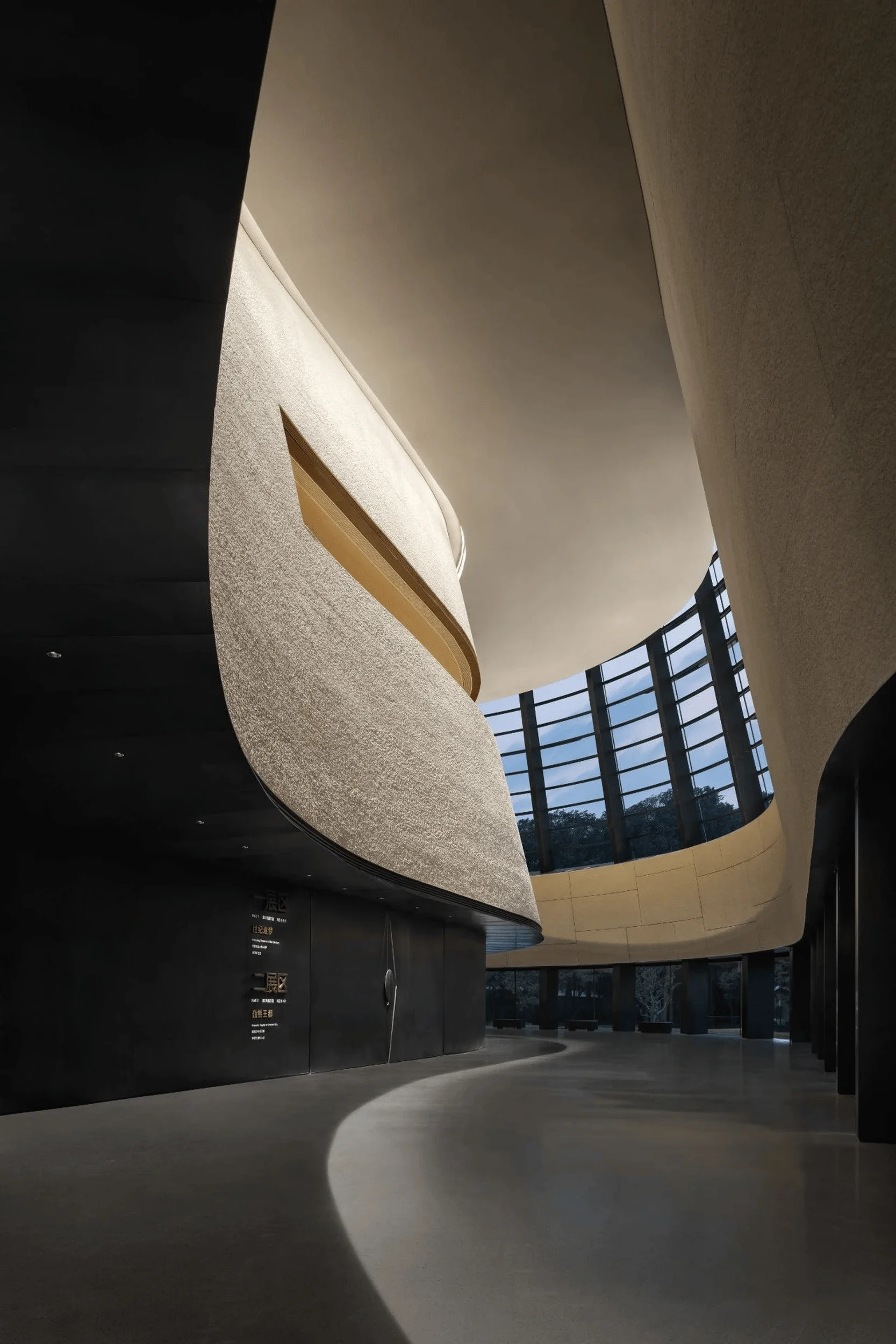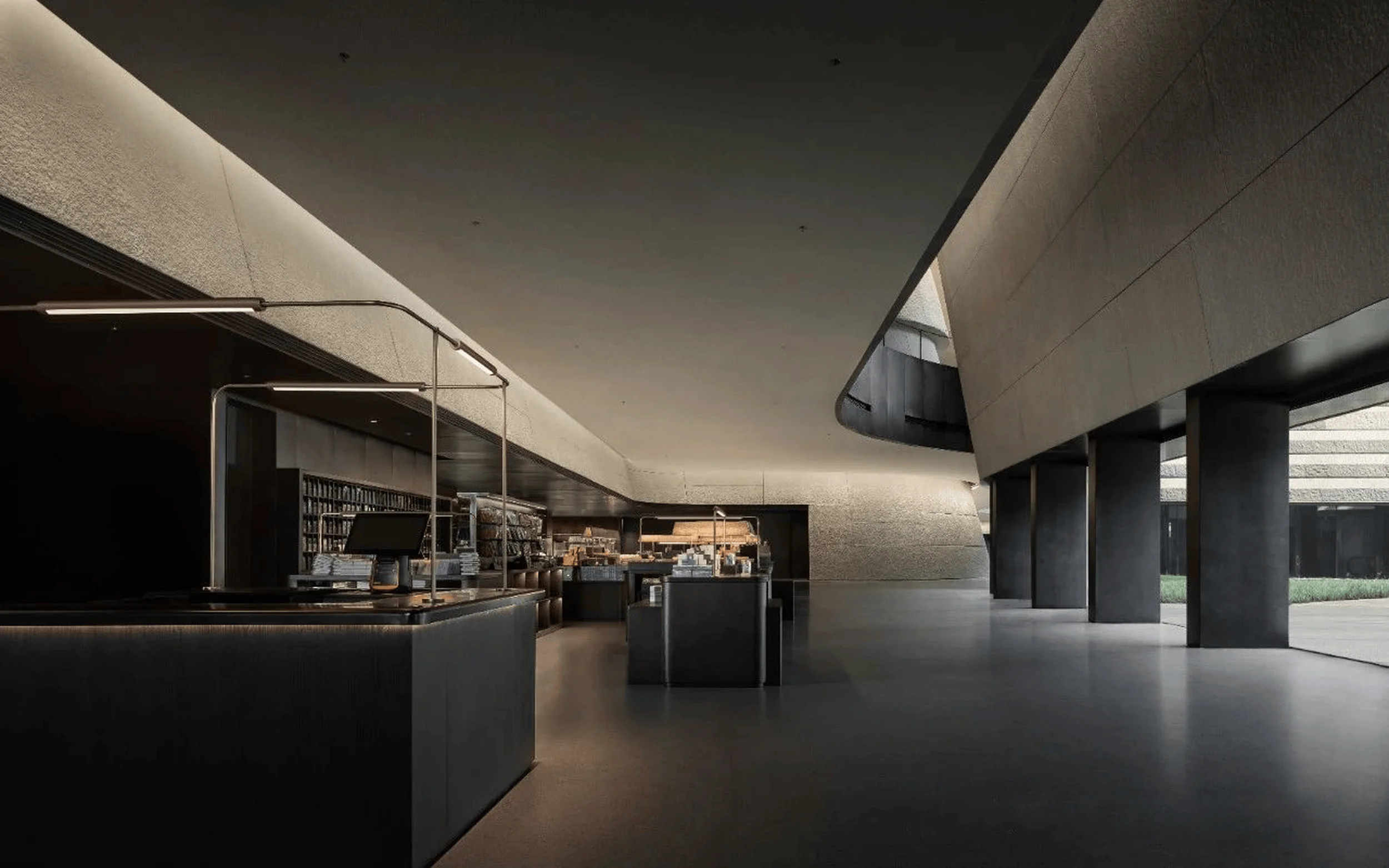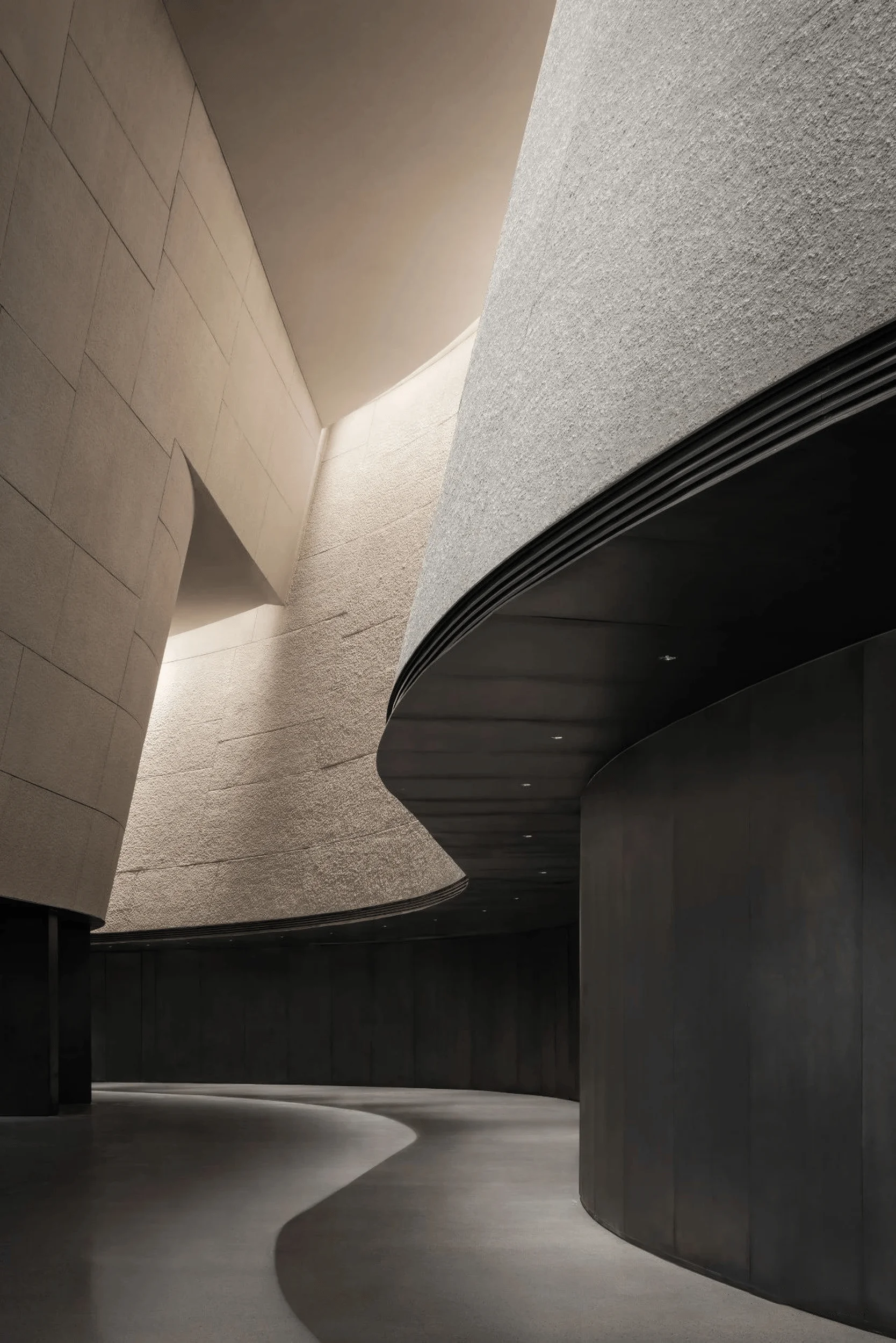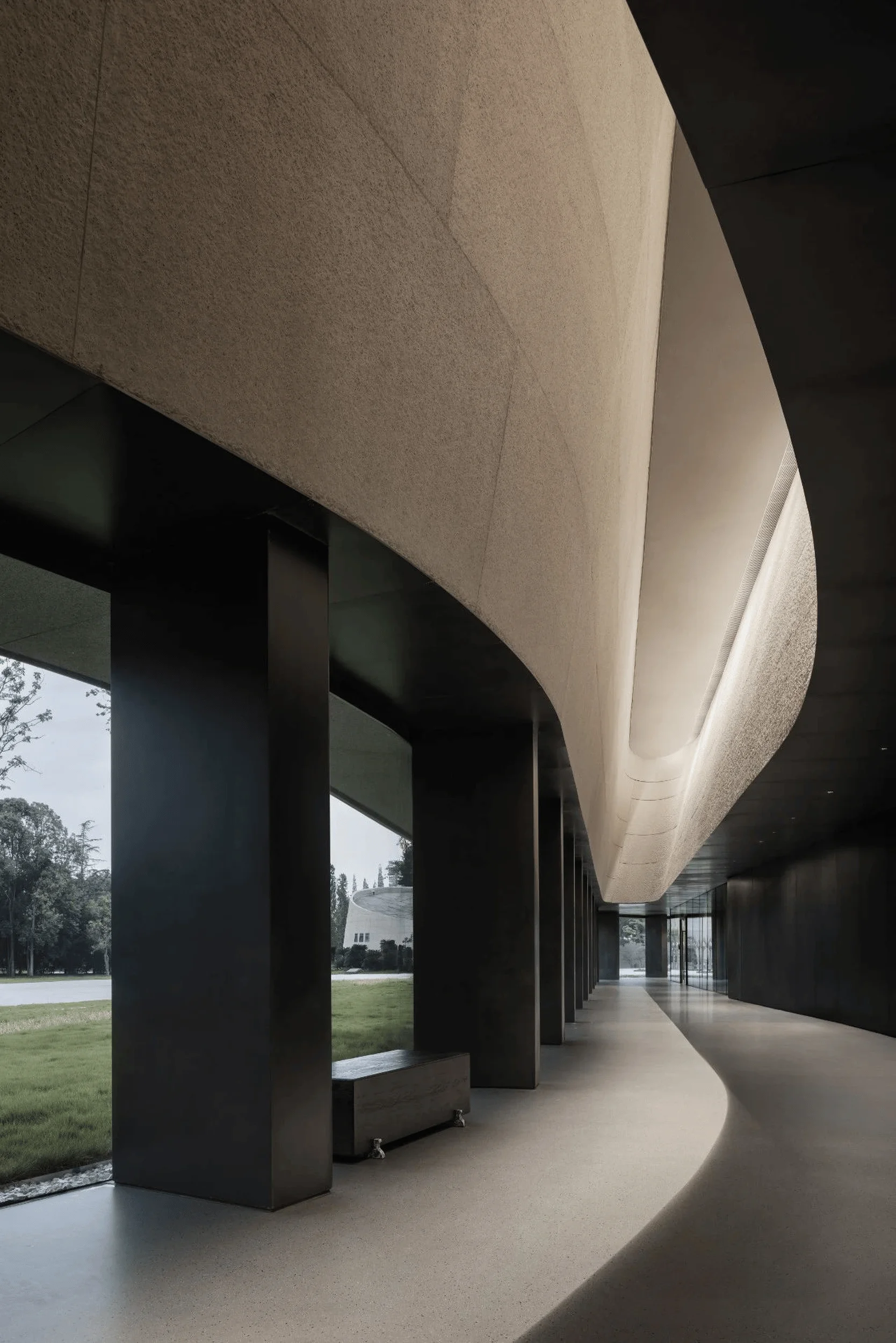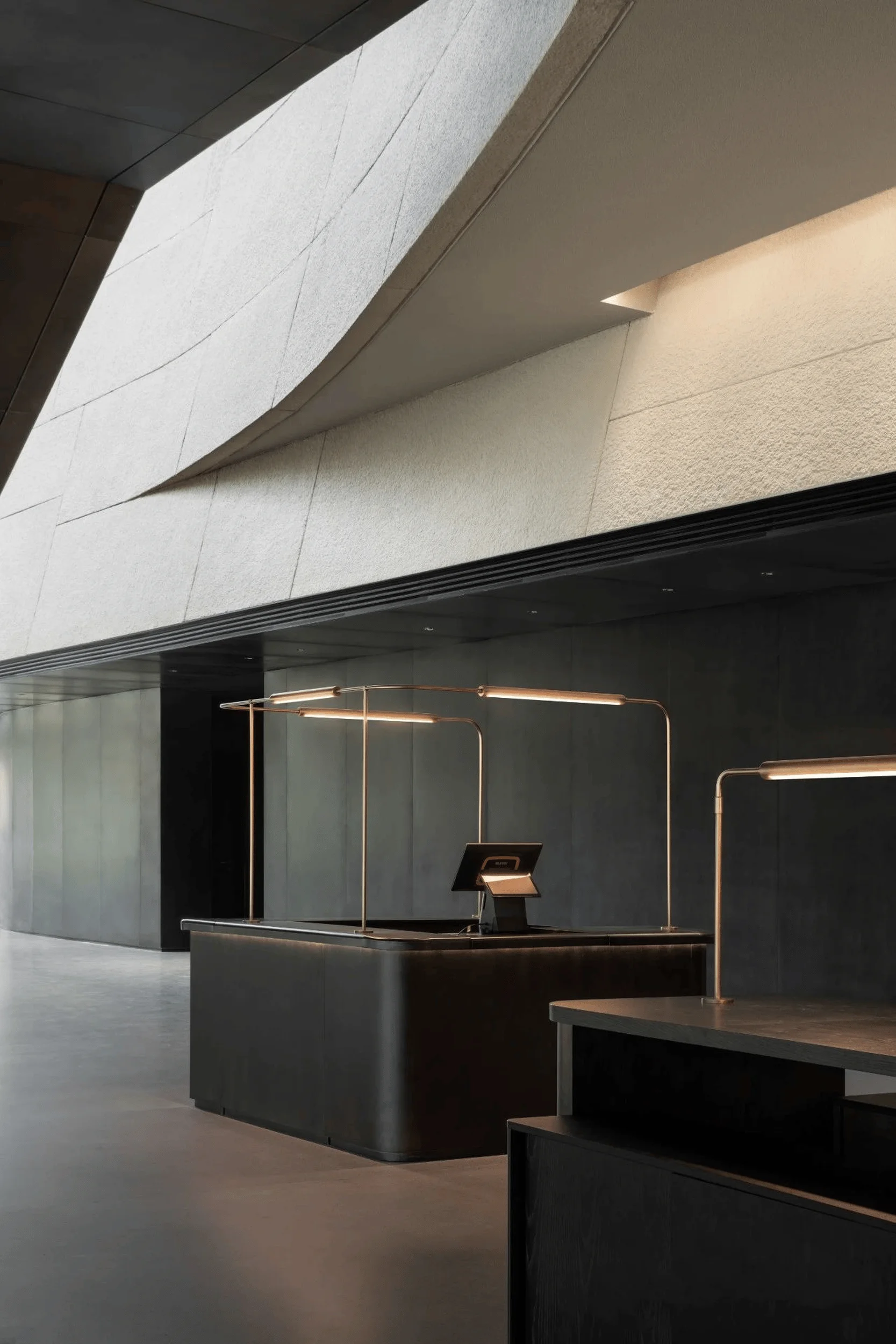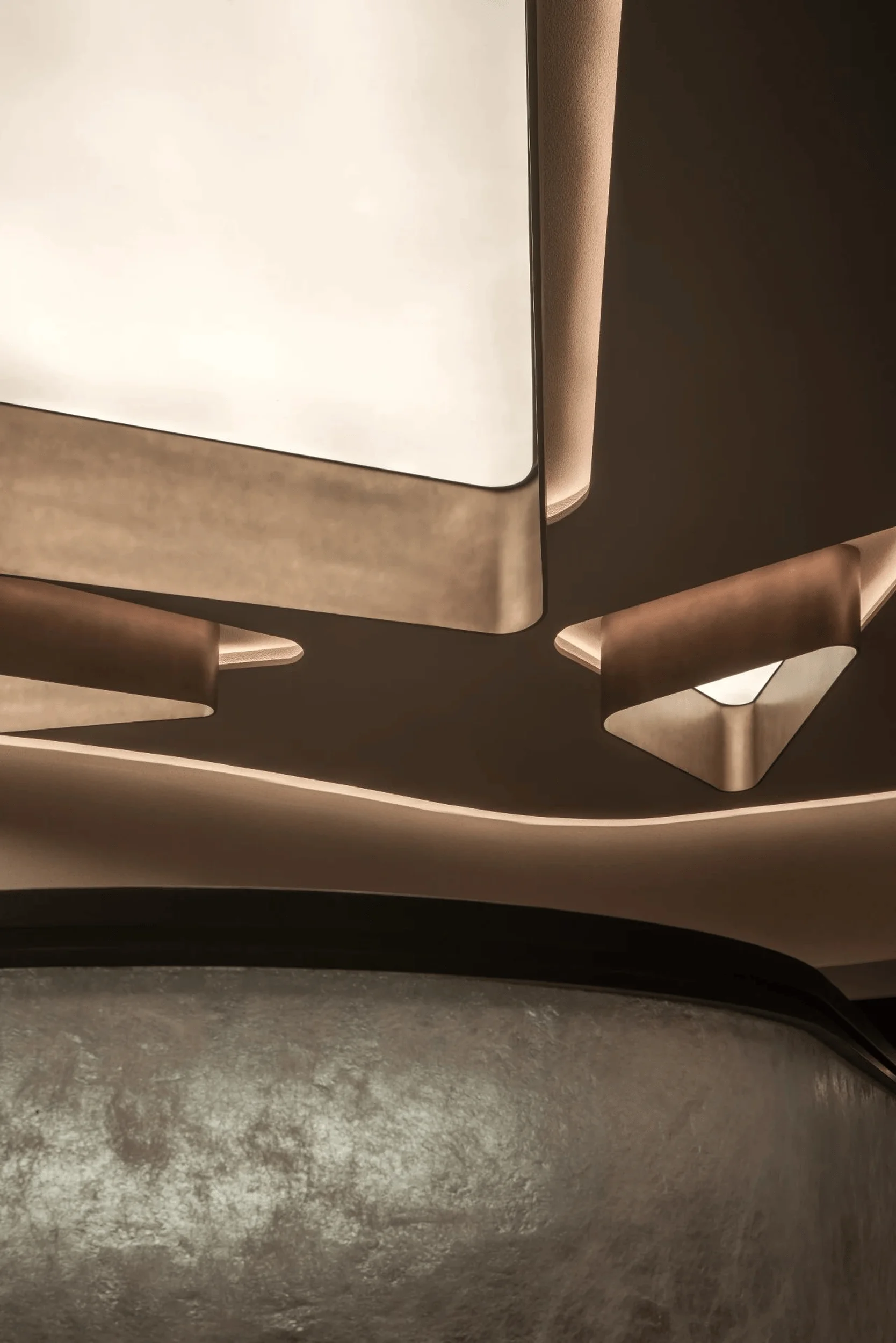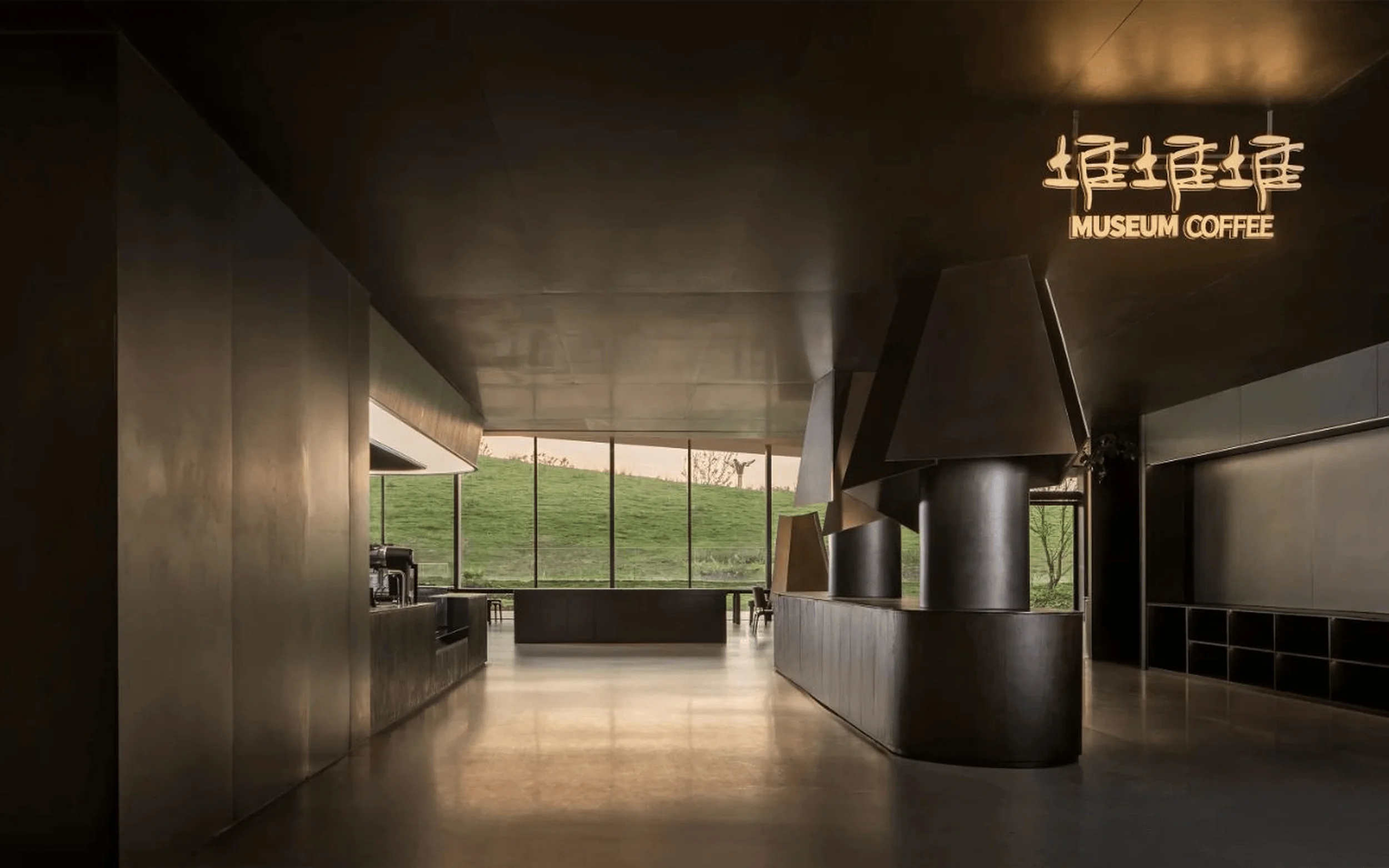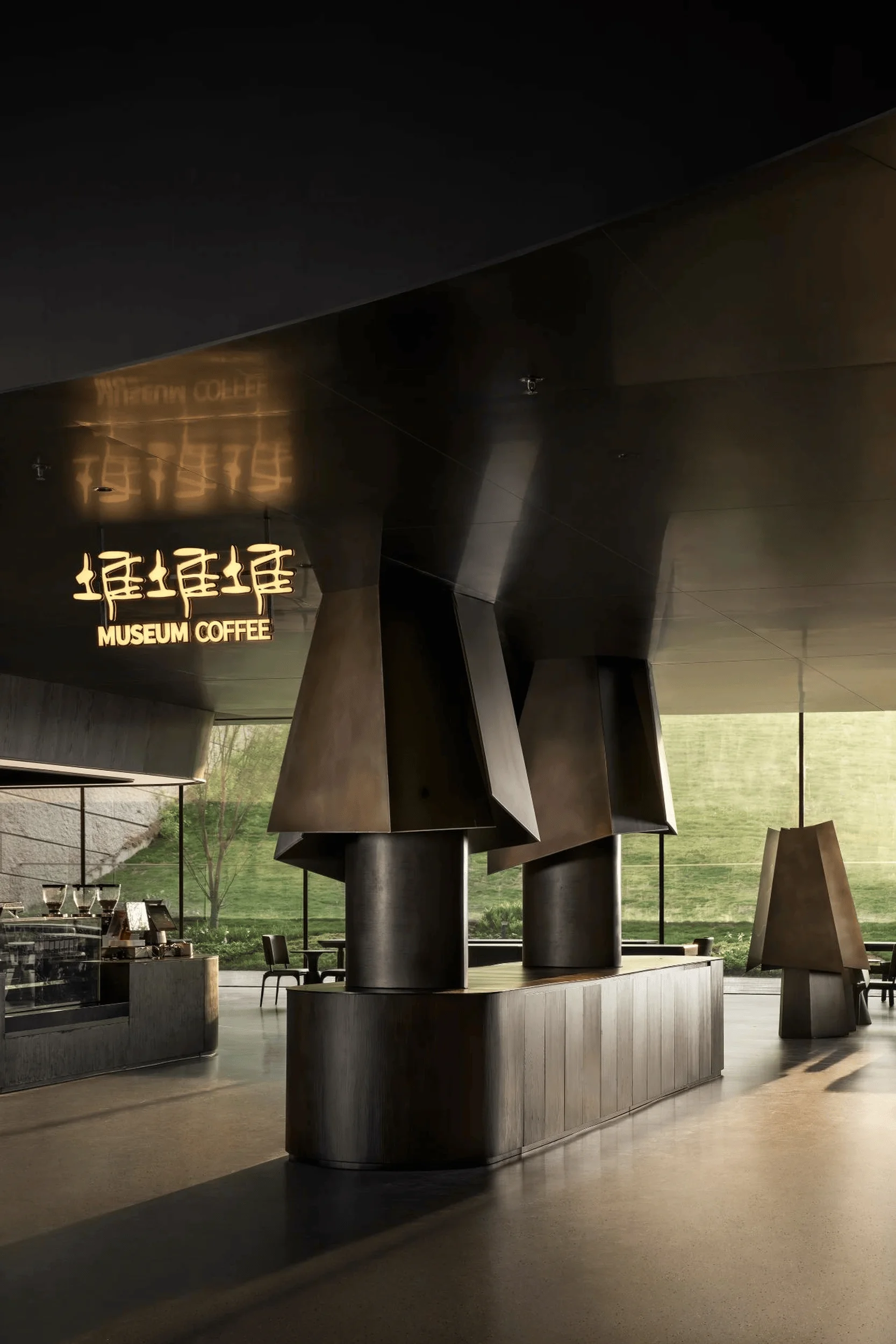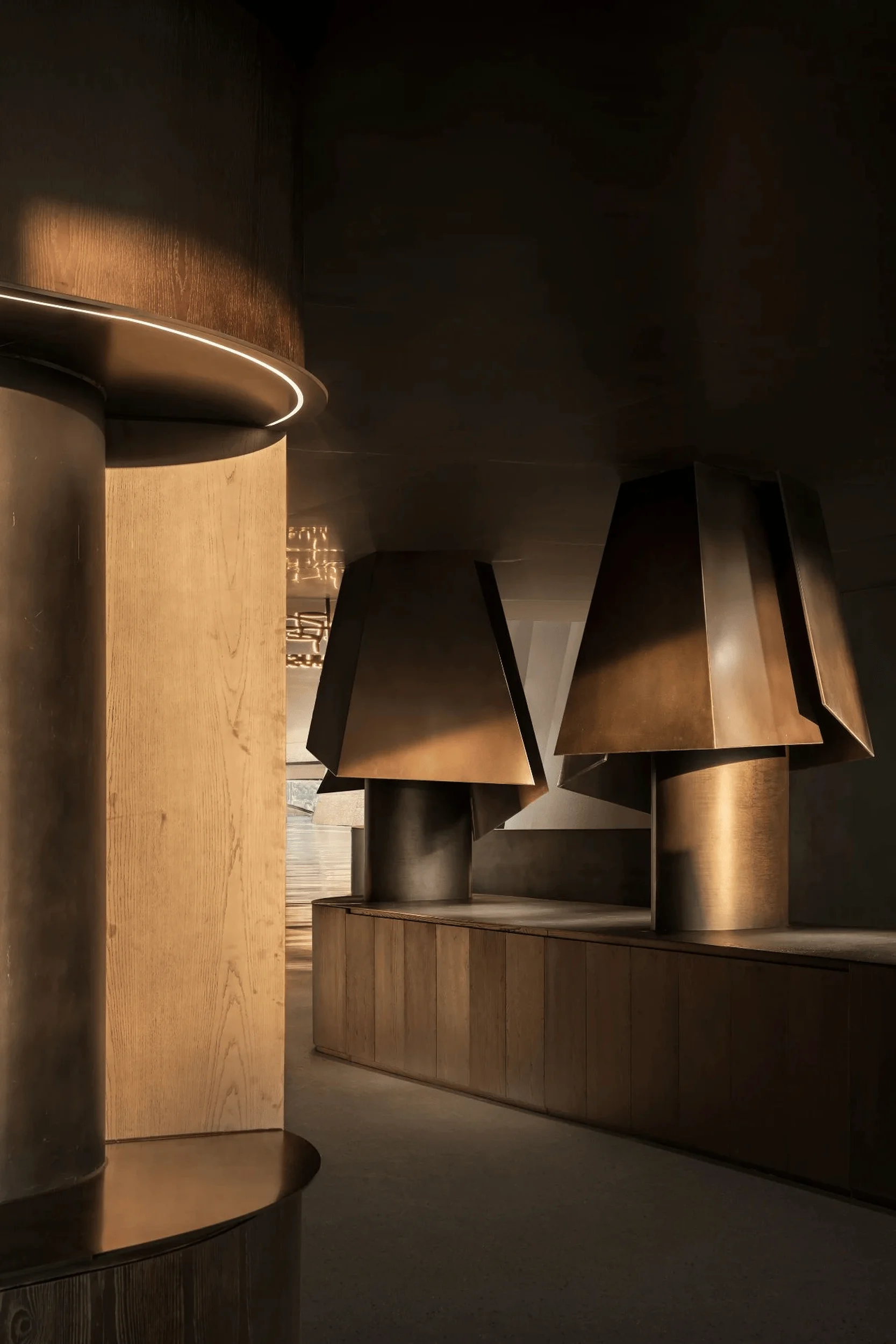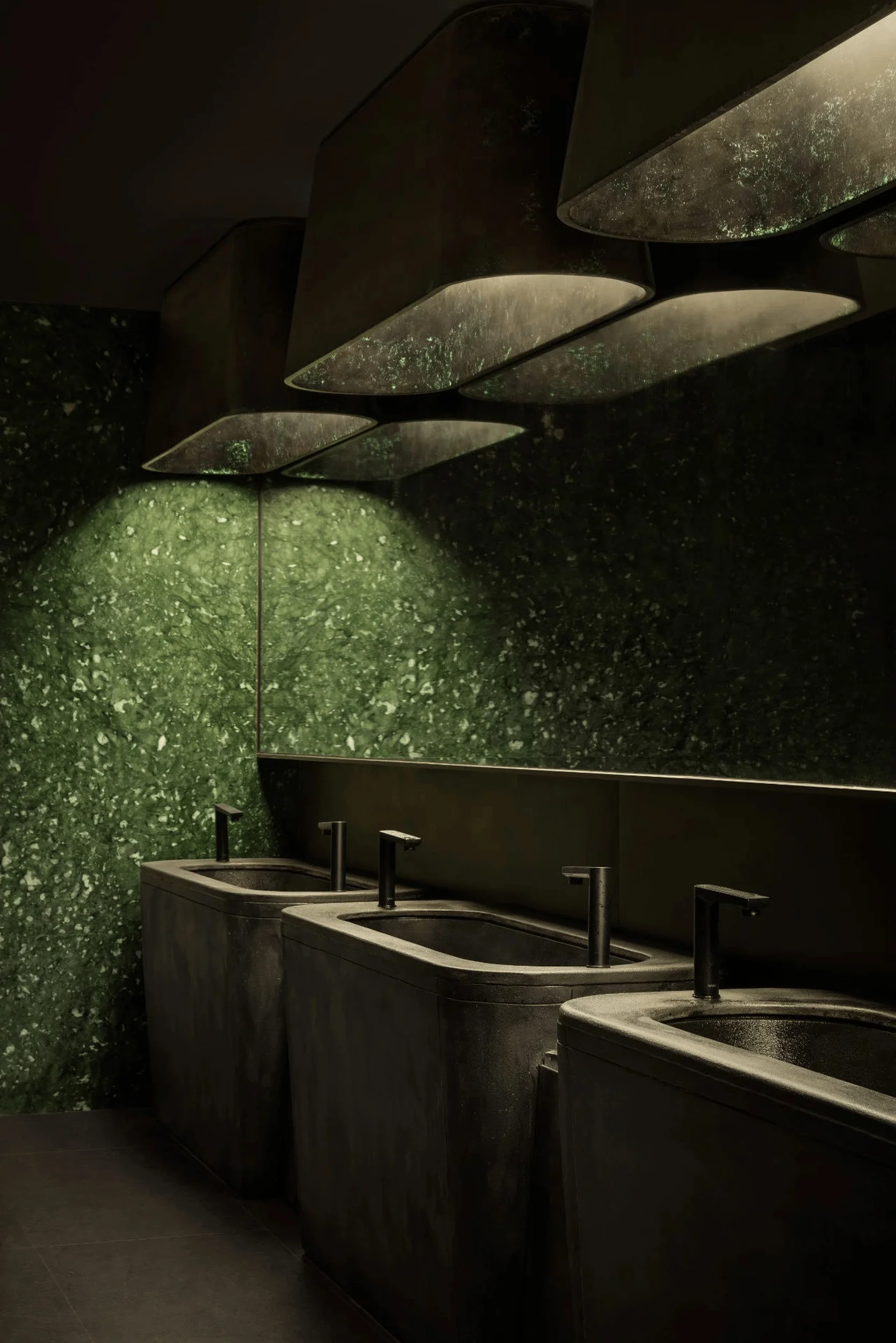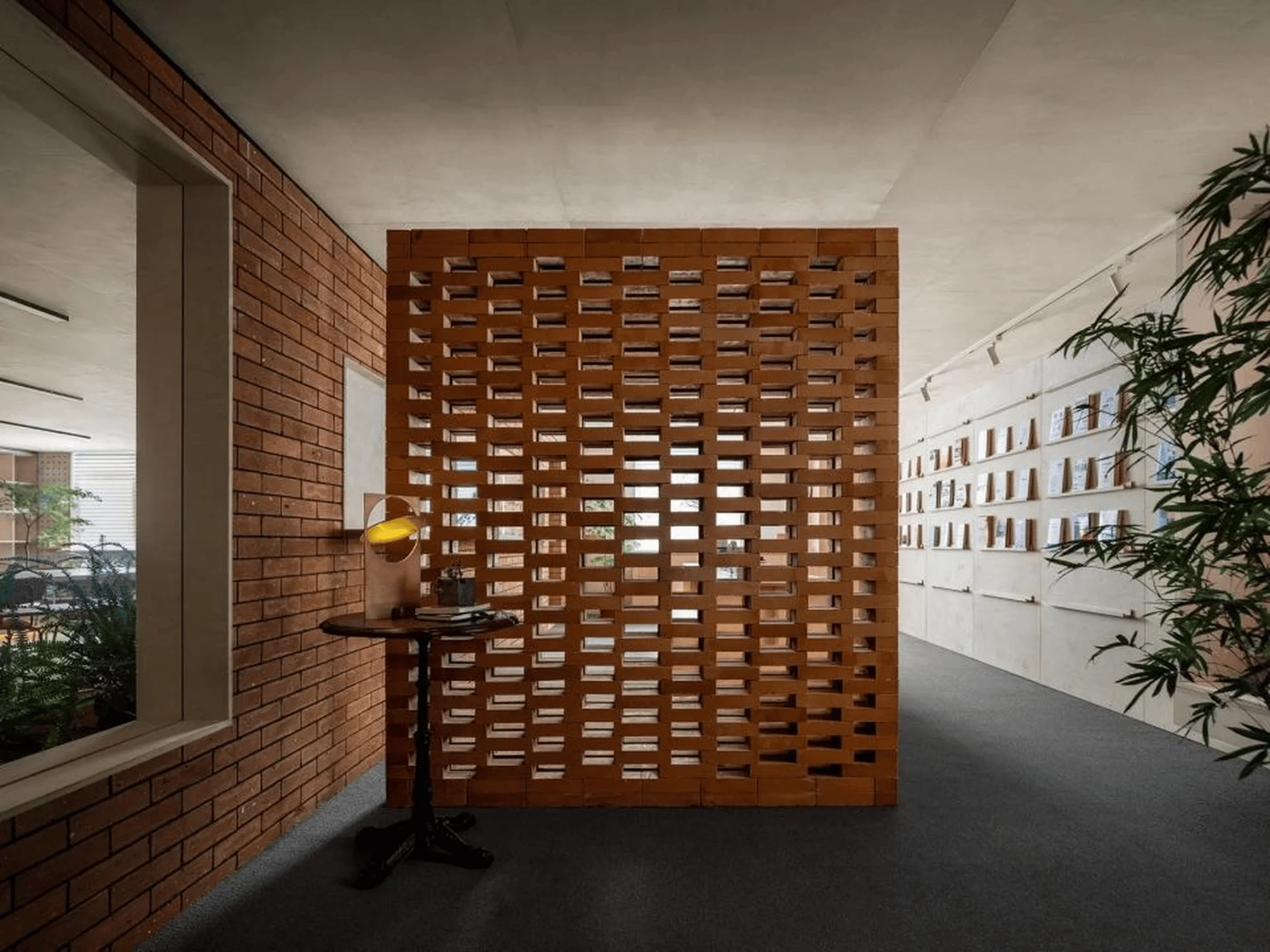The Sanxingdui Museum New Hall in China seamlessly integrates architectural innovation with ancient cultural heritage, offering a captivating immersive museum experience.
Contents
Background of the Sanxingdui Museum
The Sanxingdui Museum stands as a testament to one of the most significant archaeological discoveries of the 20th century. Situated amidst a vast landscape of rivers, mountains, and forests, the museum holds a unique story waiting to be unveiled. The discovery of new artifacts in 2021 provided the impetus for the construction of the Sanxingdui Museum New Hall, which aims to showcase and preserve the history of this ancient civilization. Located in China, the new museum building adopts a sloping earth-covered form, resembling a colossal mound emerging from the ground, blending harmoniously with the natural environment. The museum’s design is rooted in the profound historical and cultural significance of the Sanxingdui site. Architectural innovation and ancient cultural heritage are seamlessly integrated to provide an immersive museum experience that transports visitors back in time while simultaneously inspiring awe and wonder.
Design Concept and Objectives
The design of the Sanxingdui Museum New Hall is deeply rooted in the profound historical and cultural significance of the Sanxingdui site. Led by architect Liu Yi and interior designer Zhang Can, the team embraced a minimalist approach, allowing the artifacts to take center stage. The architectural form, resembling a massive earth mound rising from the ground, evokes the ancient civilization buried beneath. Two prominent windows on the building’s facade, reminiscent of eyes opening from the earth, serve as a symbolic connection between the past and the present. These “eyes” offer visitors glimpses into the museum’s interior activities while providing panoramic views of the surrounding landscape, including the archaeological excavation site. By night, the illuminated windows transform into beacons, transmitting messages from an ancient civilization into the future.
Functional Layout and Spatial Planning
The Sanxingdui Museum New Hall seamlessly integrates various functions, including exhibition, collection, research, education, and social interaction, promoting the museum as a vibrant hub for cultural exchange. The interior design intentionally employs large-scale fair-faced concrete panels, with a total of 1696 double-curved panels mimicking the texture of an archaeological site. This choice of material evokes the earth from which the artifacts originated, creating a sense of harmony between the museum and its environment. The vast curved surfaces and enormous wall panels diminish the human scale, amplifying the sense of spatial grandeur, offering an immersive experience that transcends time and space. The museum’s circulation is thoughtfully organized to guide visitors through a captivating journey of discovery, fostering a deeper appreciation for the Sanxingdui civilization.
Exterior Design and Aesthetics
The exterior design of the Sanxingdui Museum New Hall is characterized by a minimalist approach, allowing the artifacts to take center stage. The architectural form, resembling a massive earth mound rising from the ground, evokes the ancient civilization buried beneath. Two prominent windows on the building’s facade, reminiscent of eyes opening from the earth, serve as a symbolic connection between the past and the present. These “eyes” offer visitors glimpses into the museum’s interior activities while providing panoramic views of the surrounding landscape, including the archaeological excavation site. By night, the illuminated windows transform into beacons, transmitting messages from an ancient civilization into the future.
Technical Details and Sustainability
The museum’s design incorporates sustainable practices to minimize its environmental impact. Natural light is strategically used to illuminate the interior spaces, reducing the need for artificial lighting during daylight hours. The museum’s sloping, earth-covered roof provides natural insulation, minimizing energy consumption for heating and cooling. The choice of materials, such as the fair-faced concrete panels, reflects a commitment to durability and reduced maintenance requirements. These sustainable design elements contribute to the museum’s long-term viability while showcasing a responsible approach to building in harmony with the natural environment.
Social and Cultural Impact
The Sanxingdui Museum New Hall is poised to become a cultural landmark, fostering a deeper understanding and appreciation for the rich history of the Sanxingdui civilization. By offering educational programs, workshops, and interactive exhibits, the museum aims to engage a wider audience, inspiring curiosity and sparking a lifelong interest in archaeology and cultural heritage. The museum’s design, with its blend of ancient and contemporary elements, promotes a dialogue between the past and the present, providing a platform for cultural exchange and dialogue.
Project Information:
Project Type:Museum
Architect:China Architectural Design & Research Group
Completion Year:2021
Country:China
Photographer:Arch-Exist, He Zhenhuan, Hu Yijie


